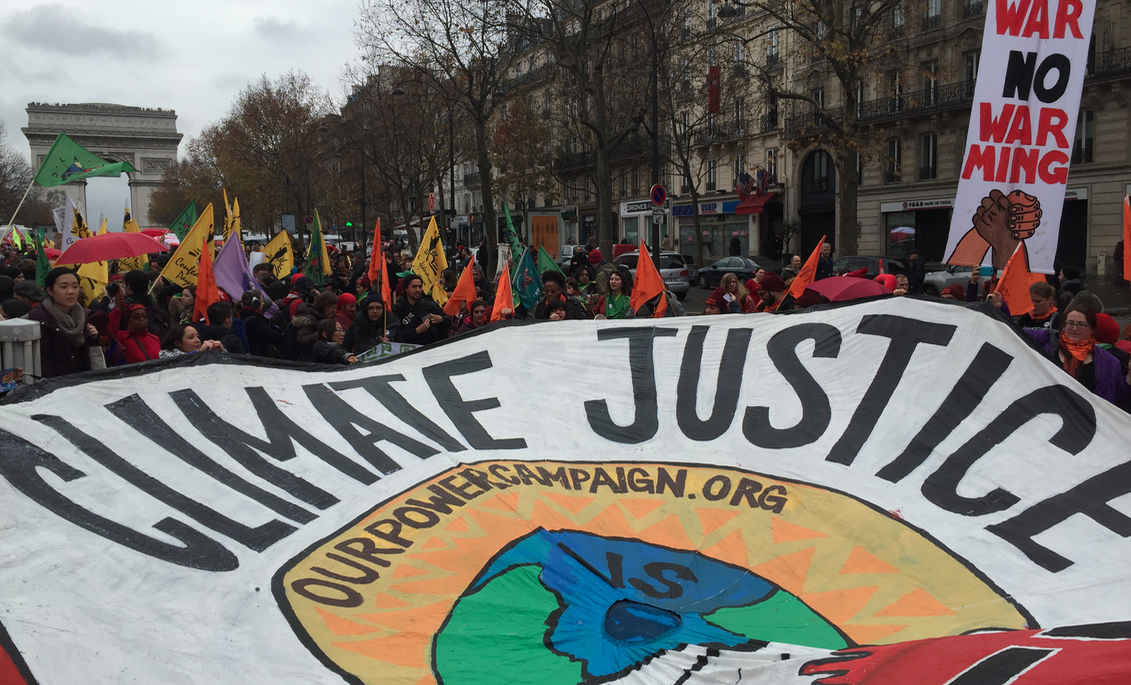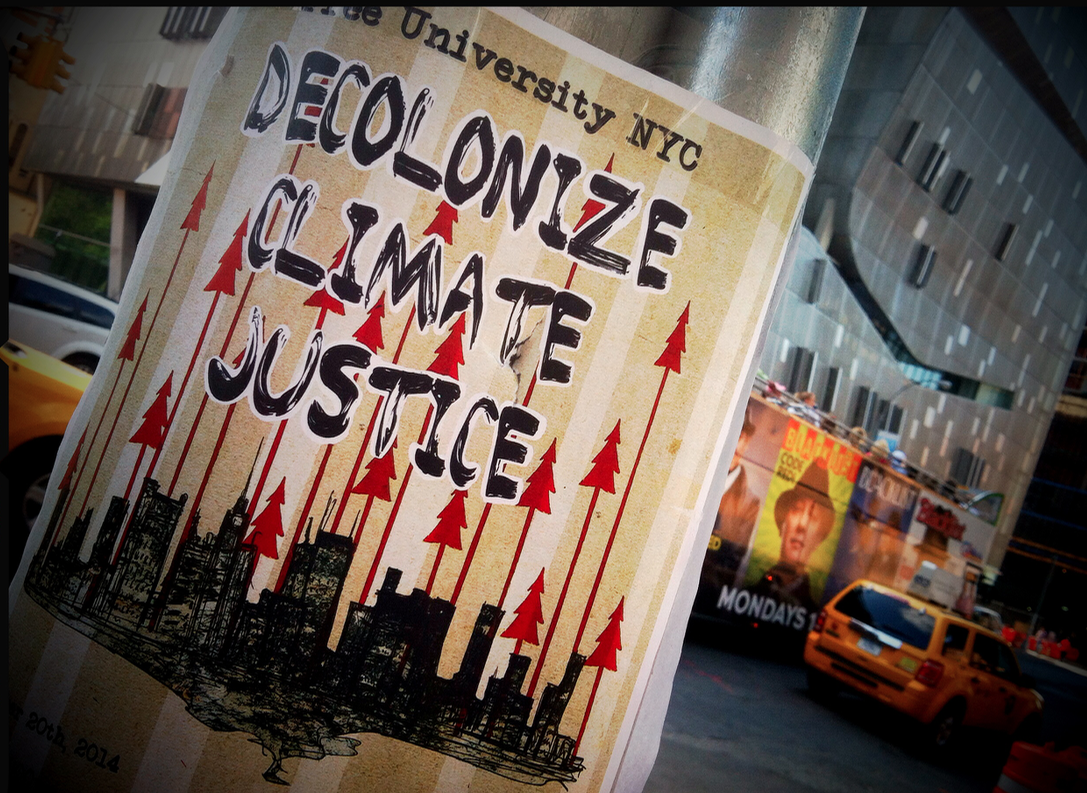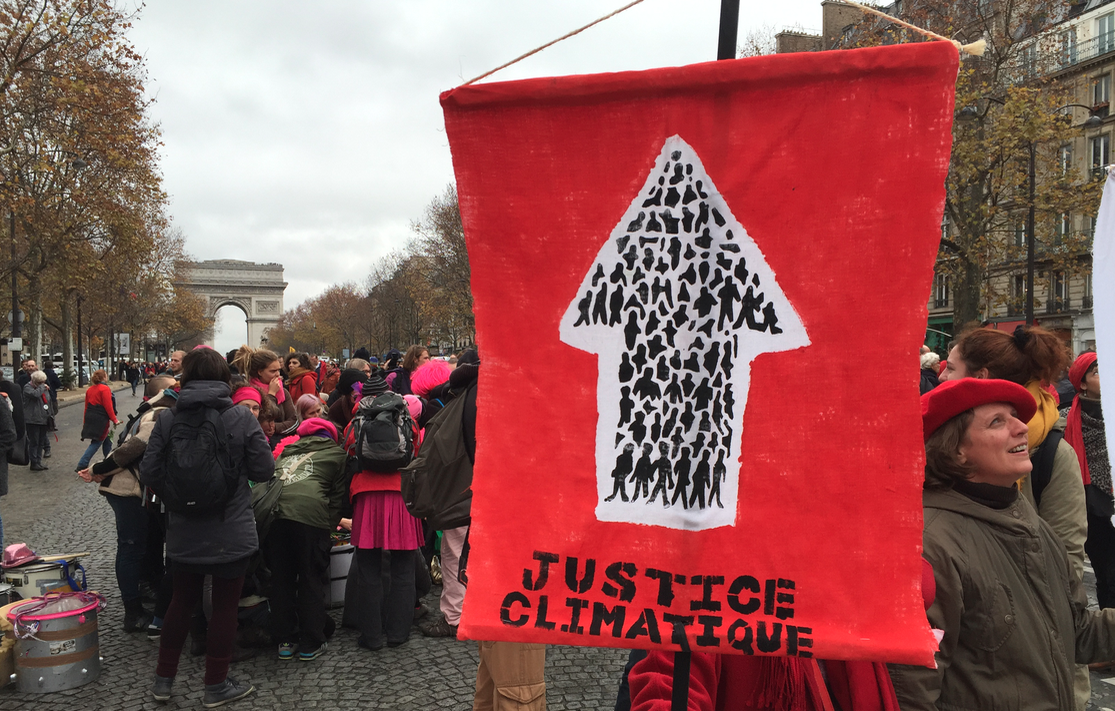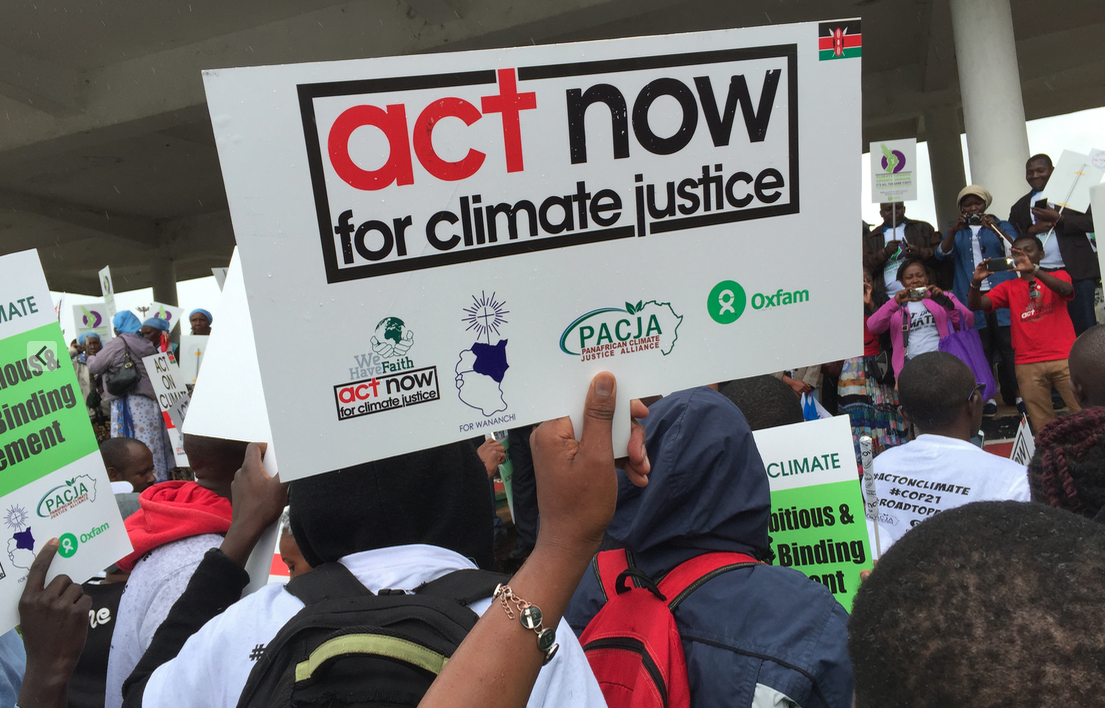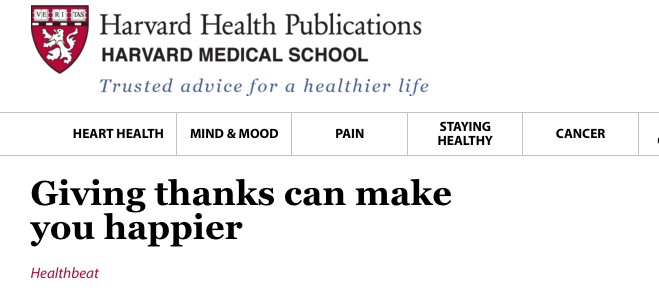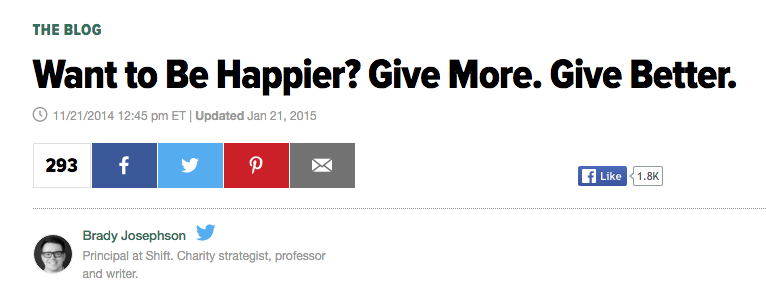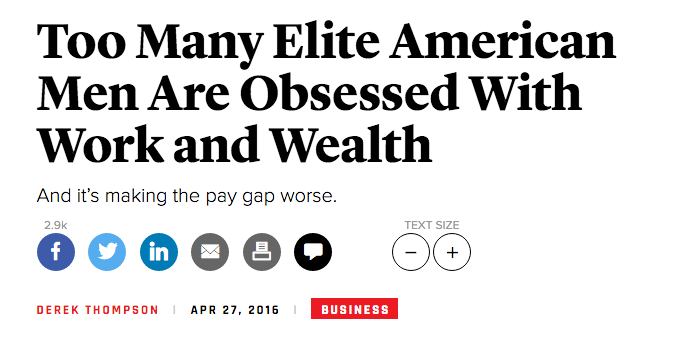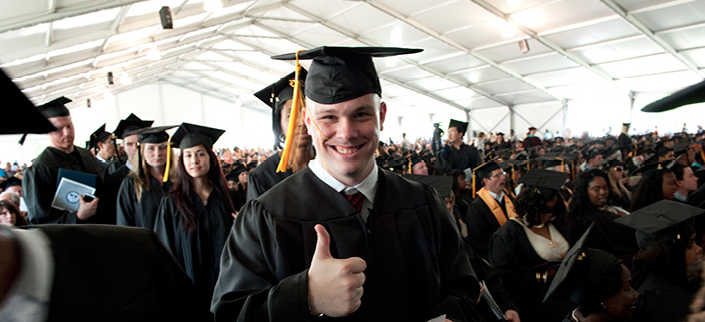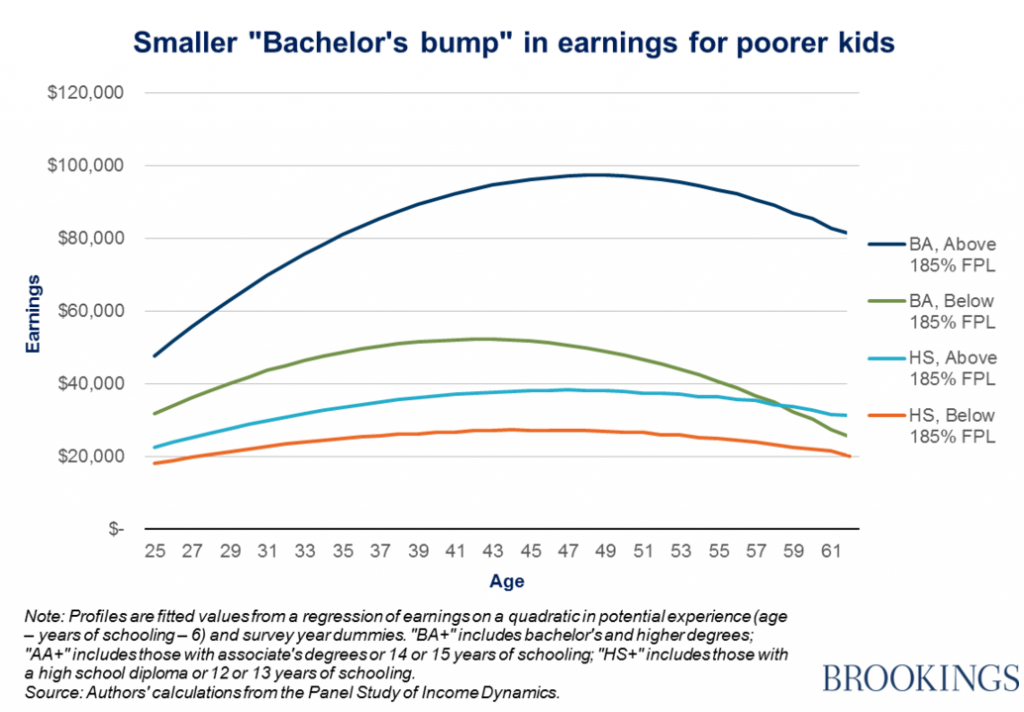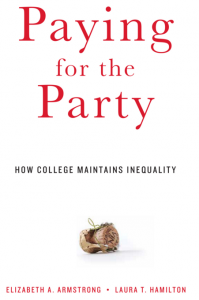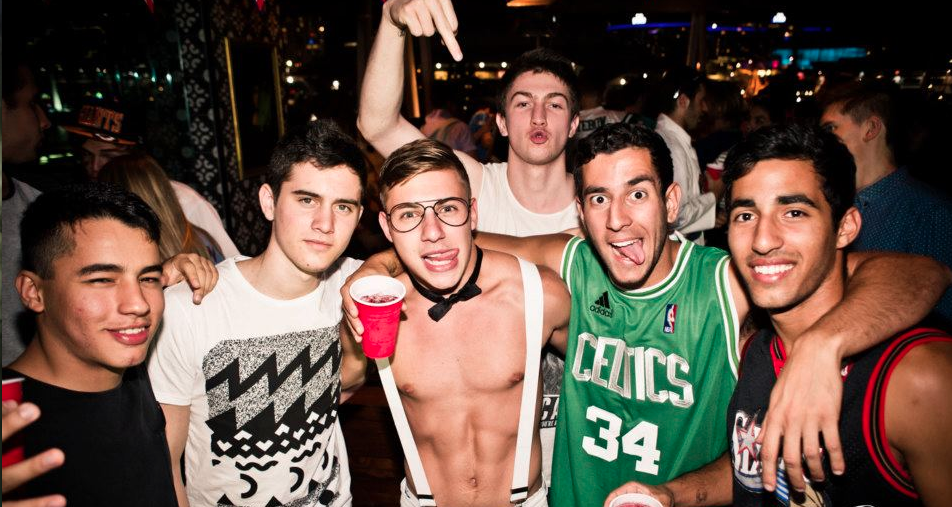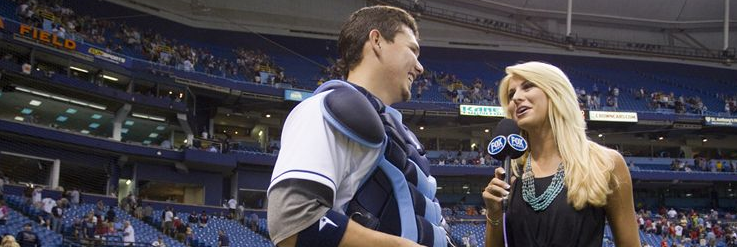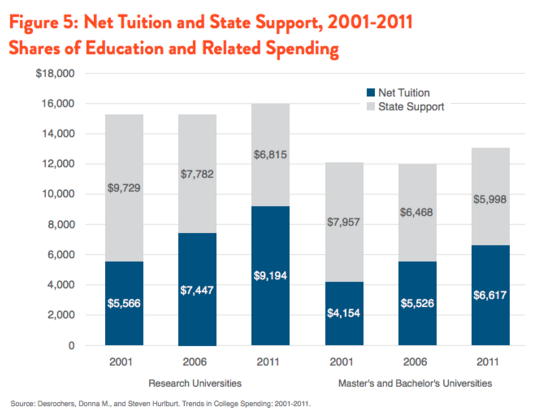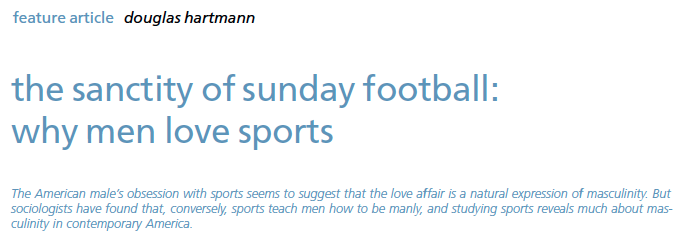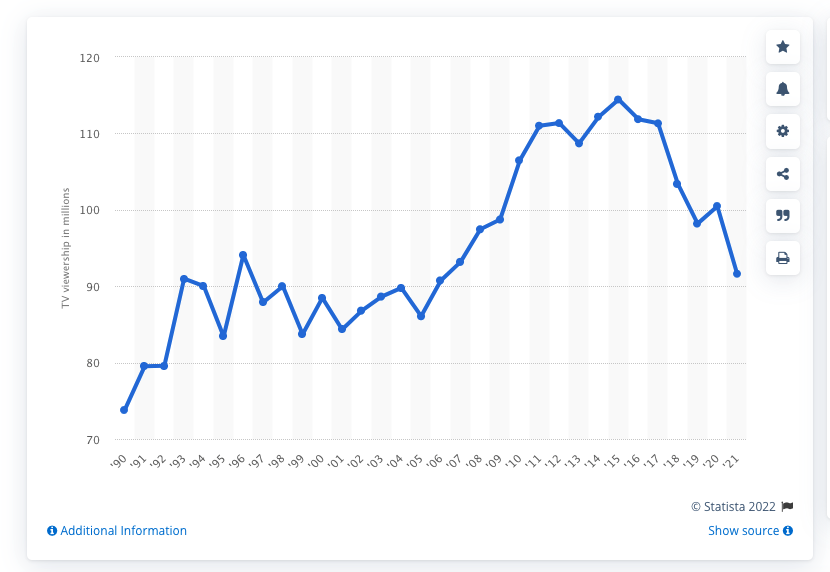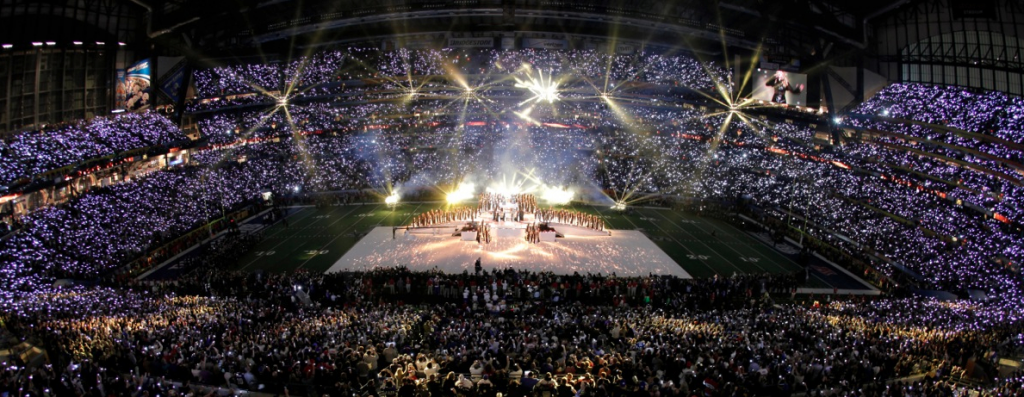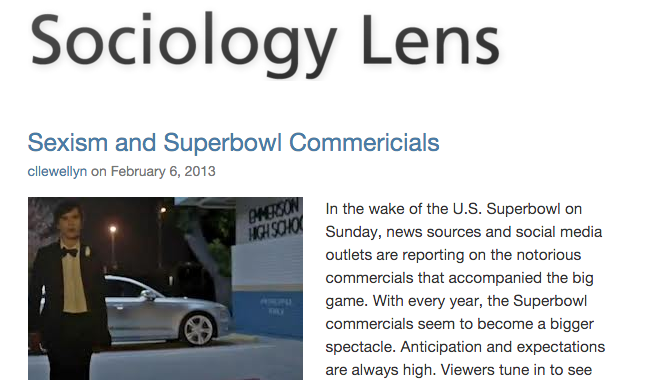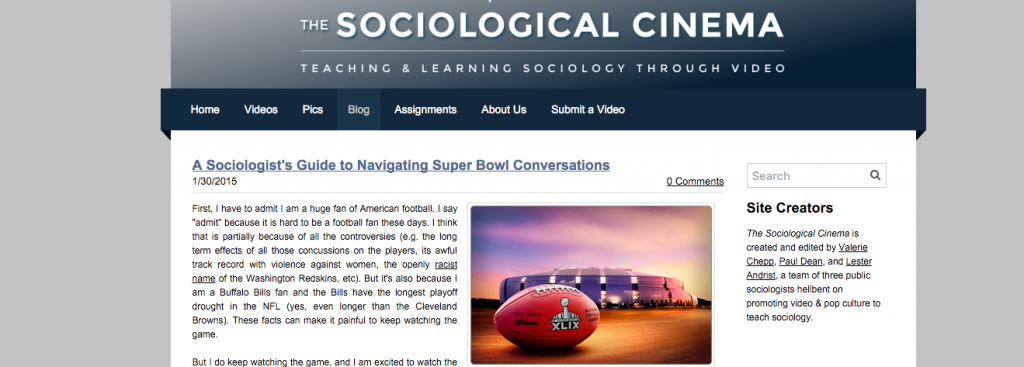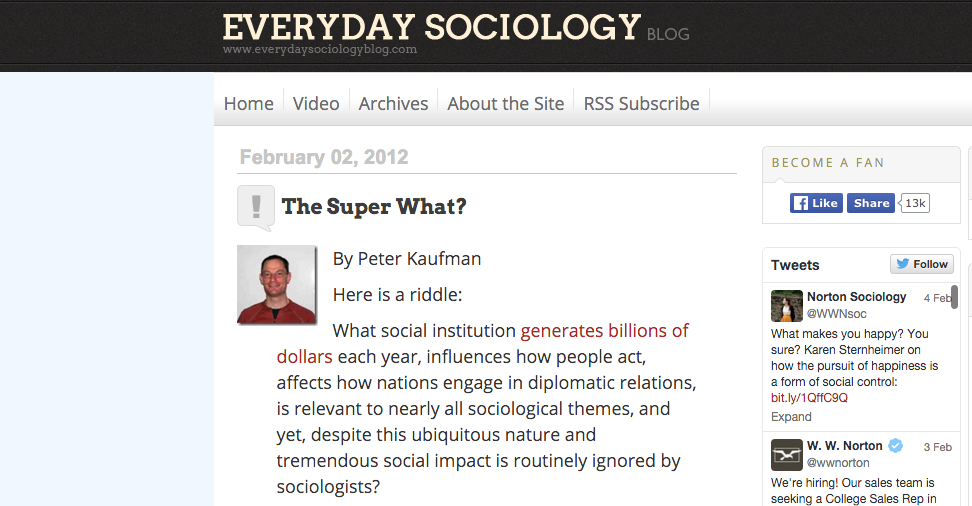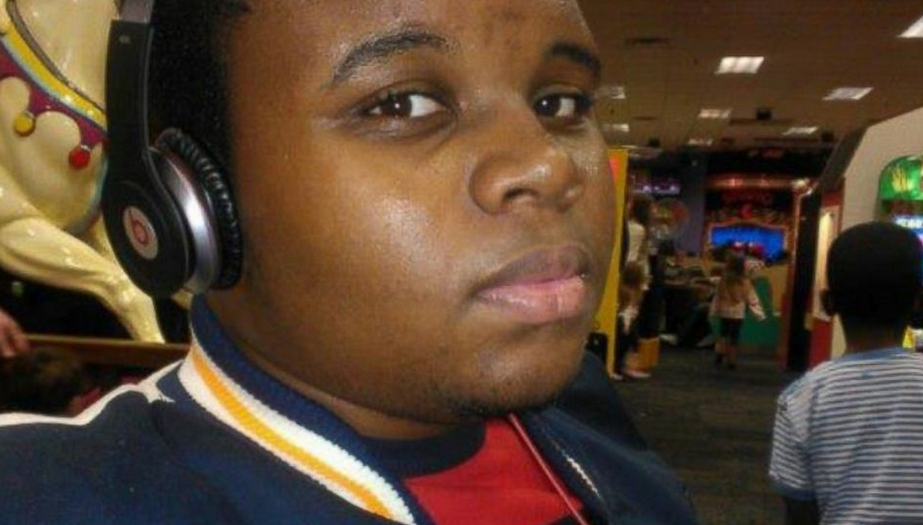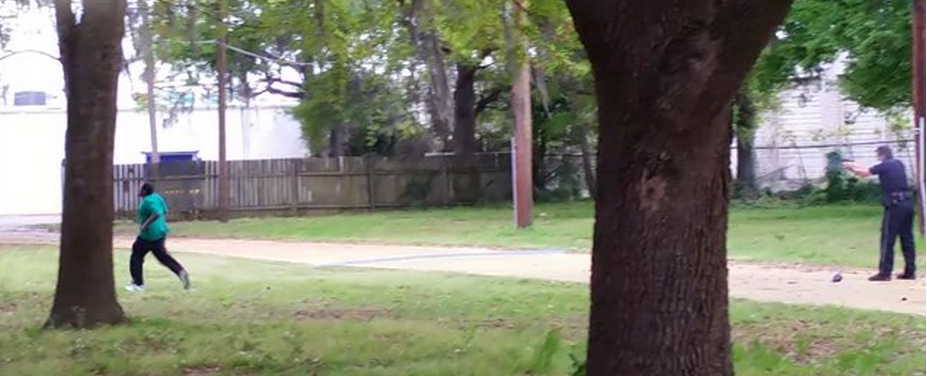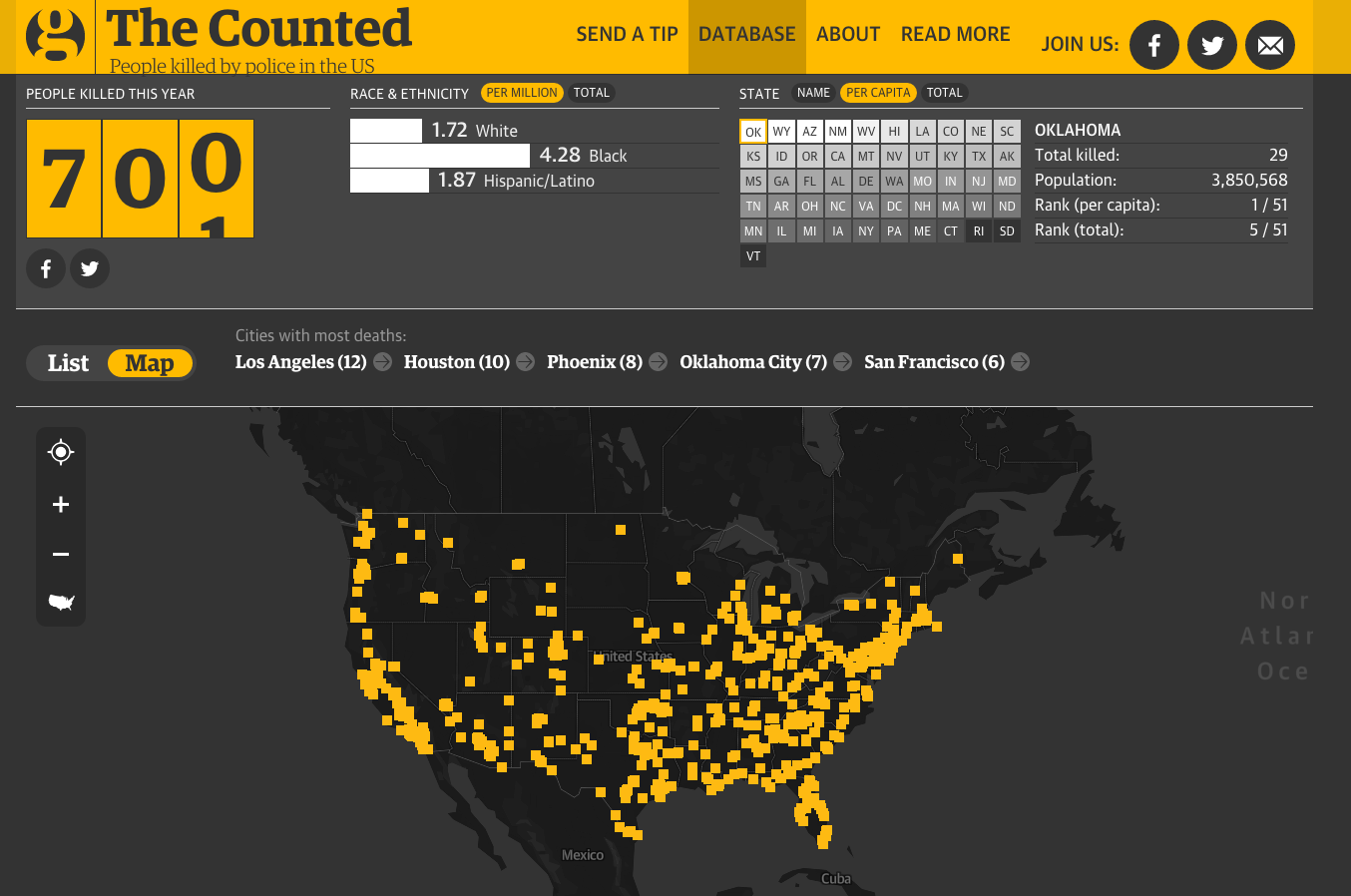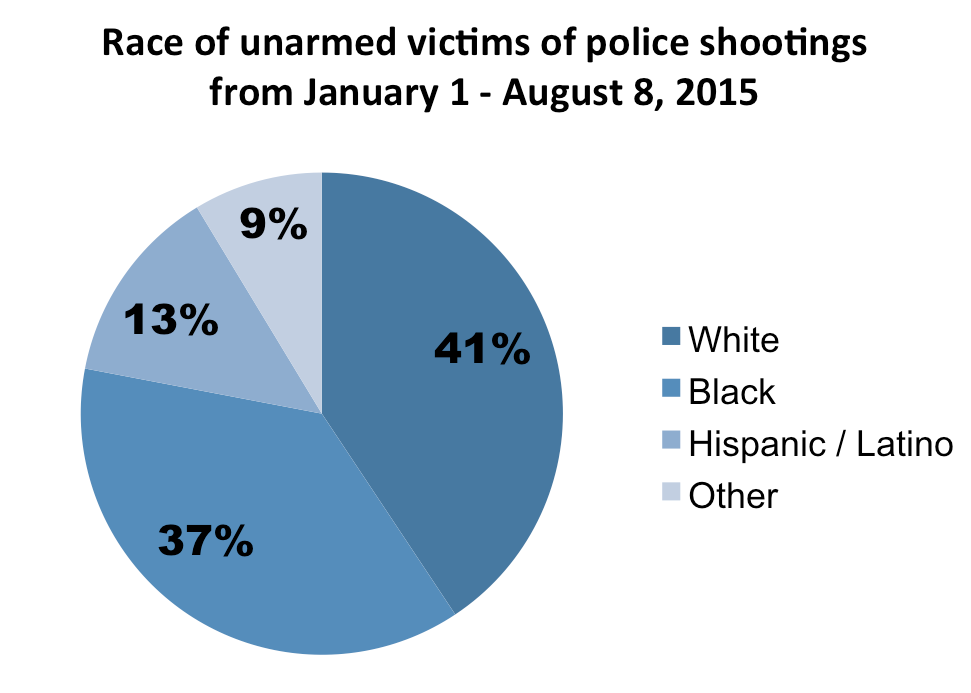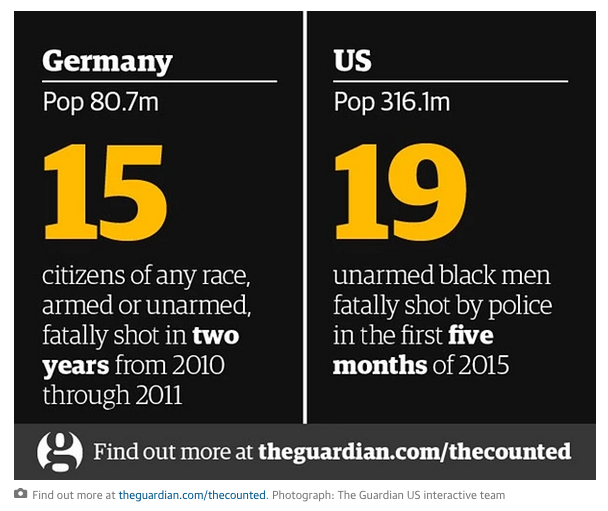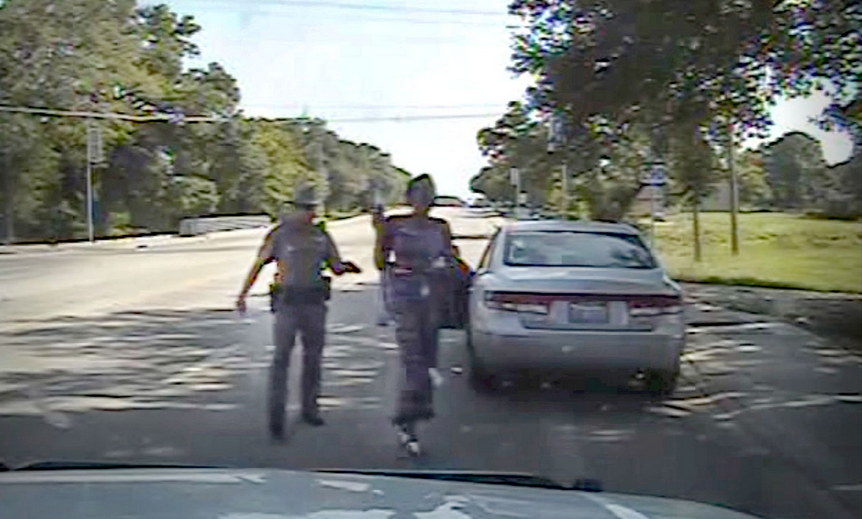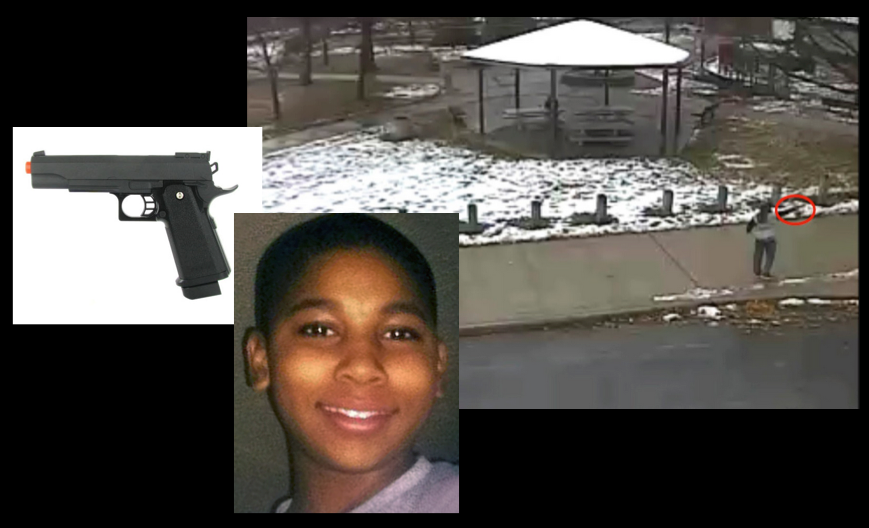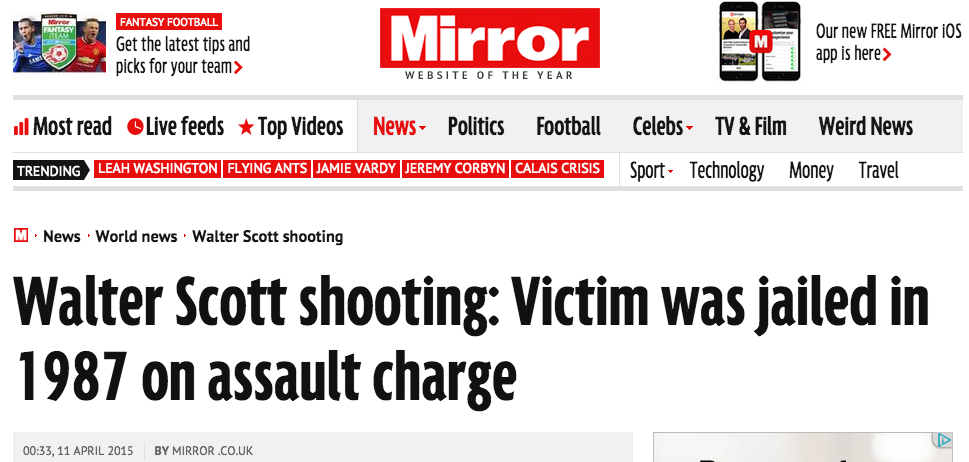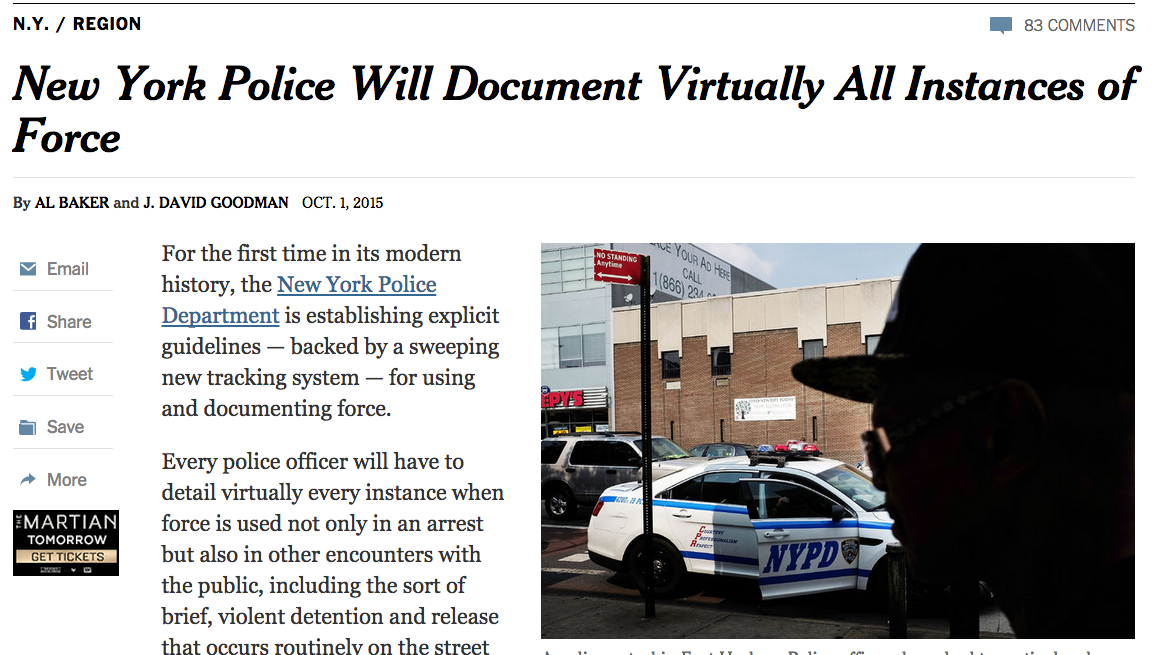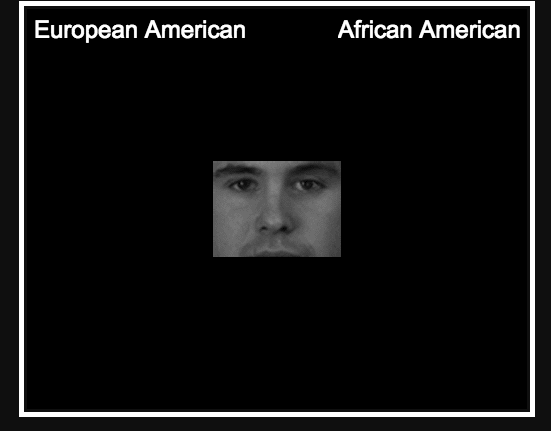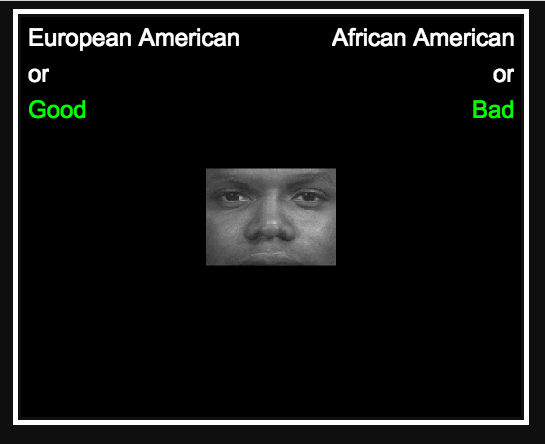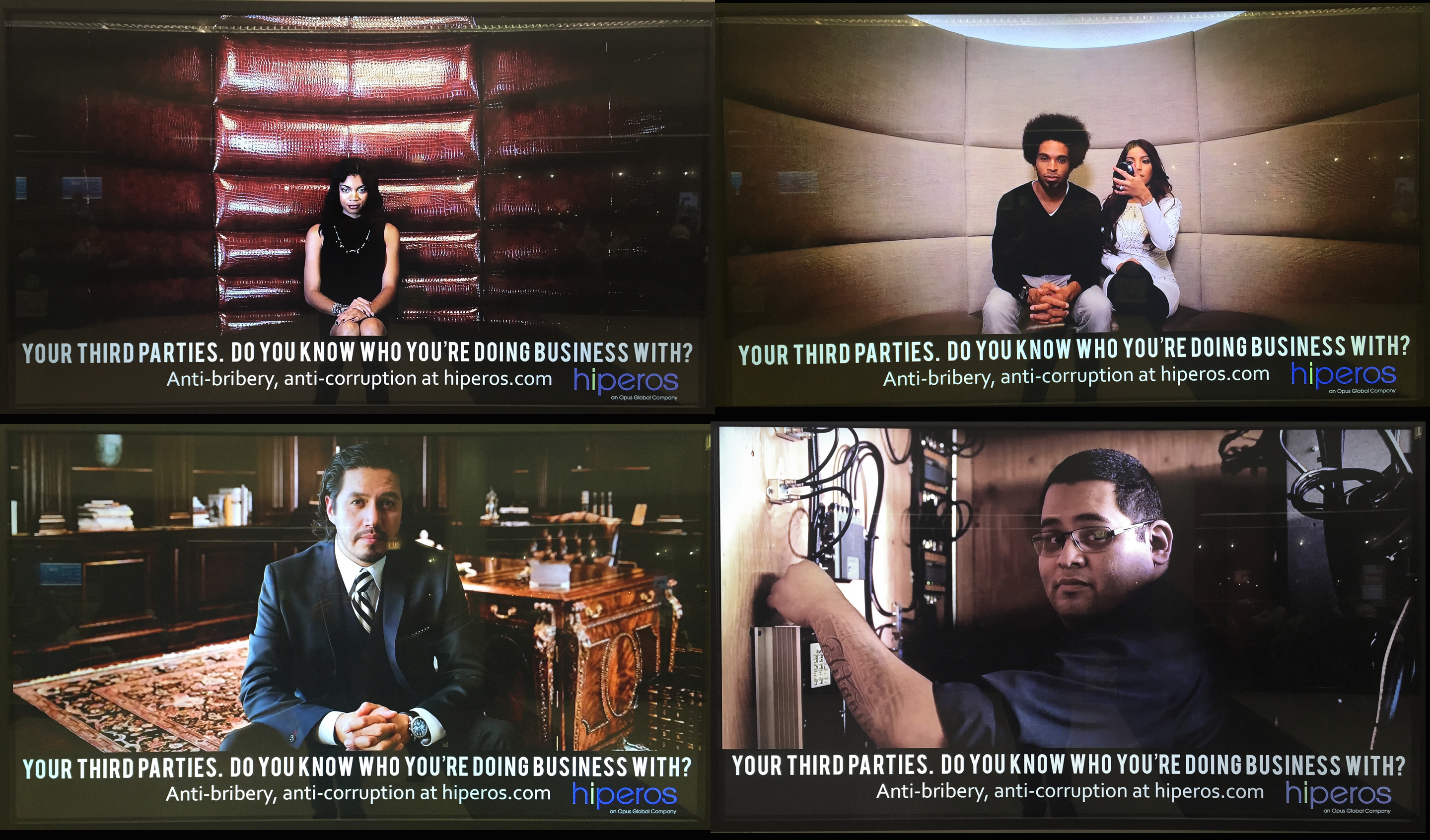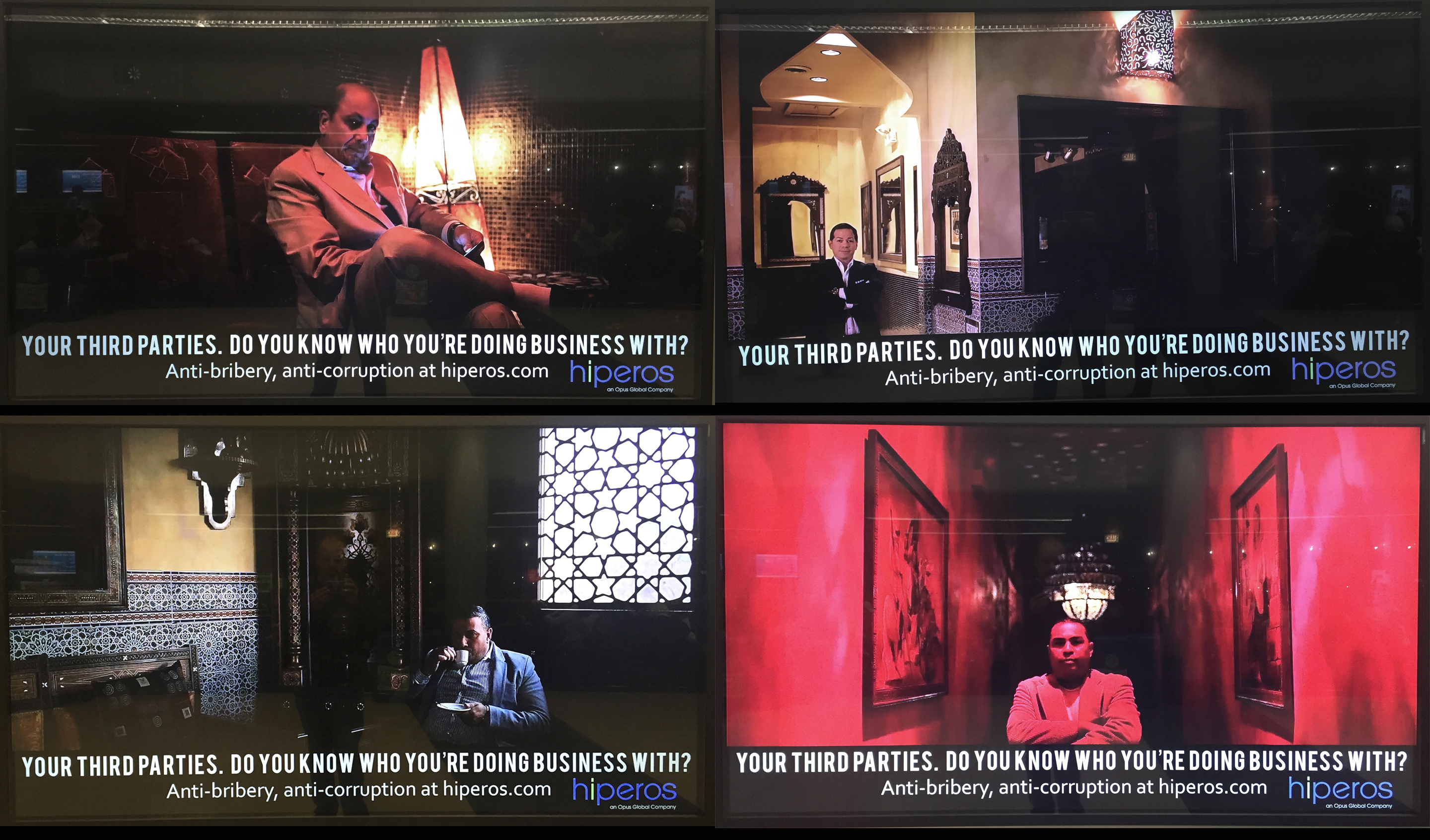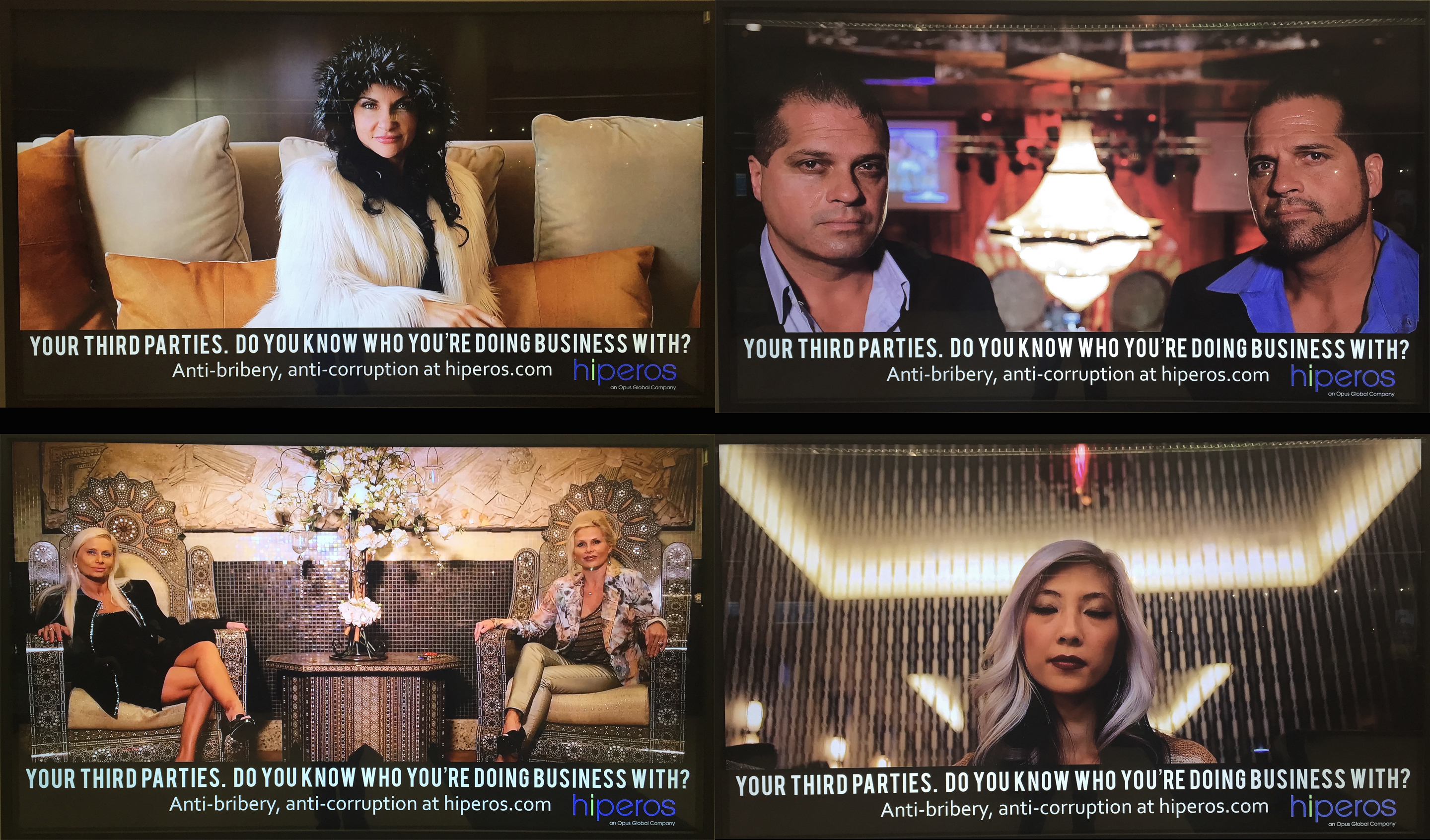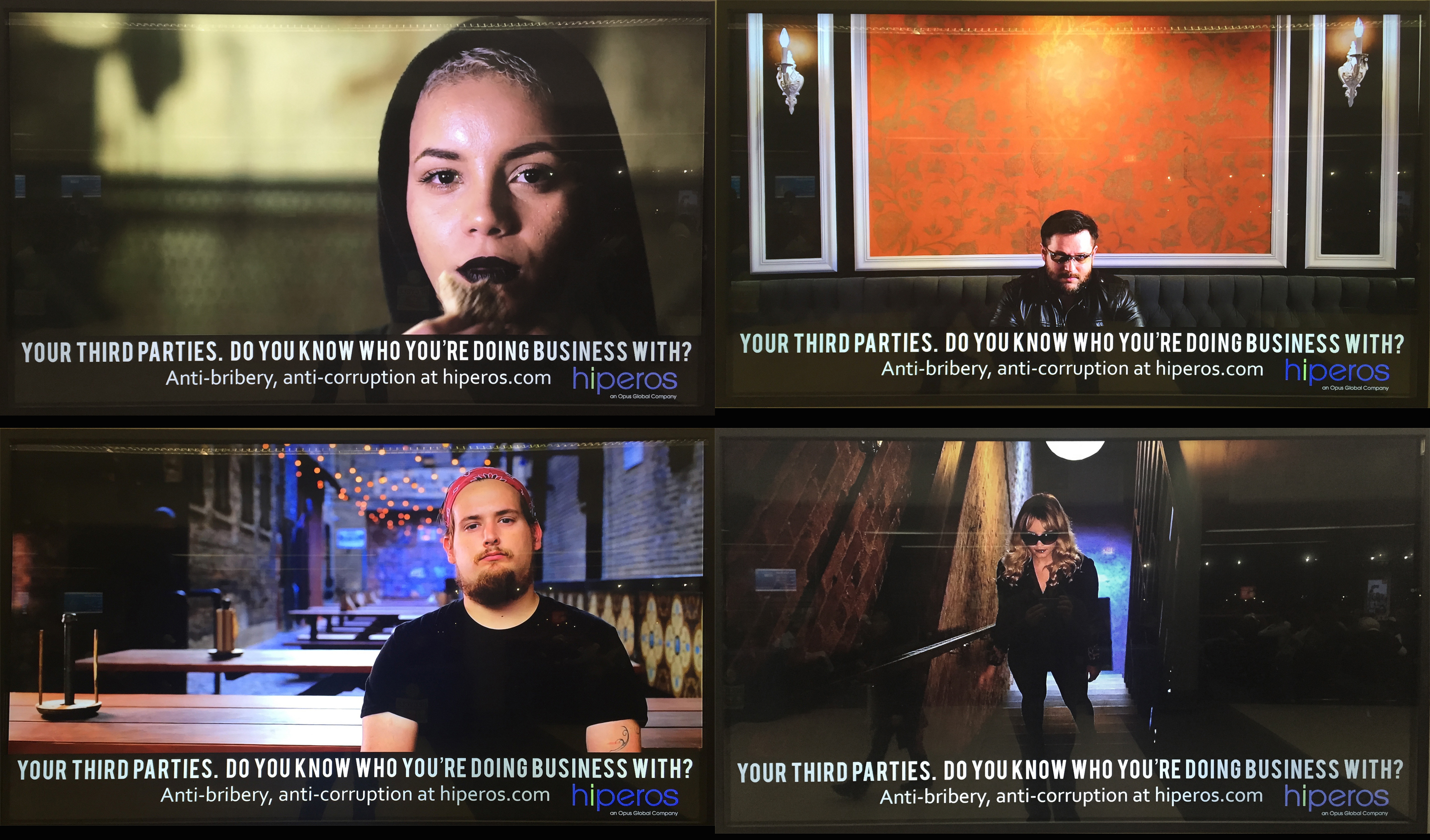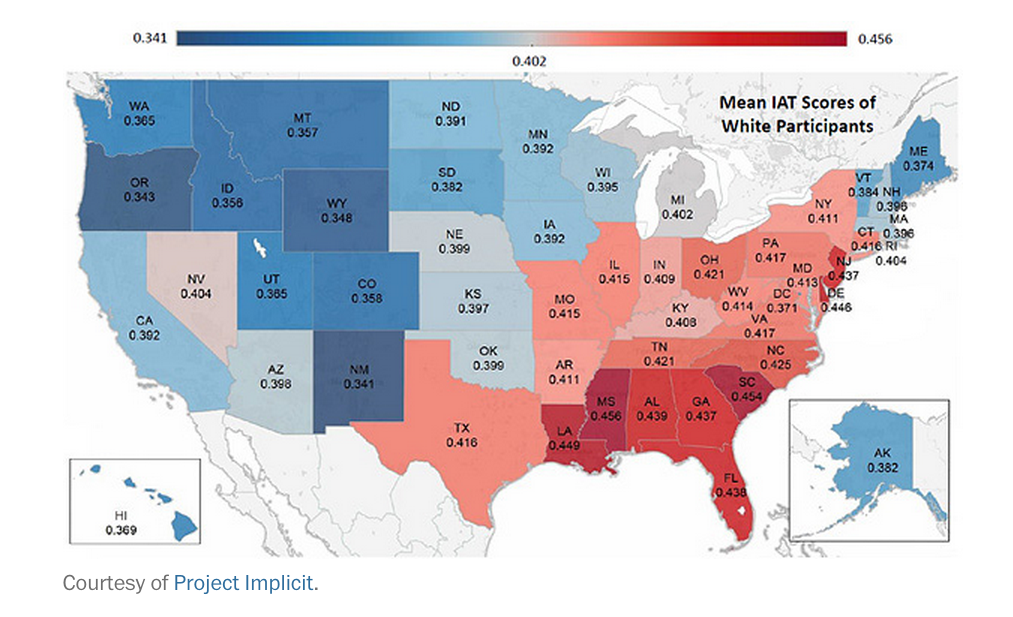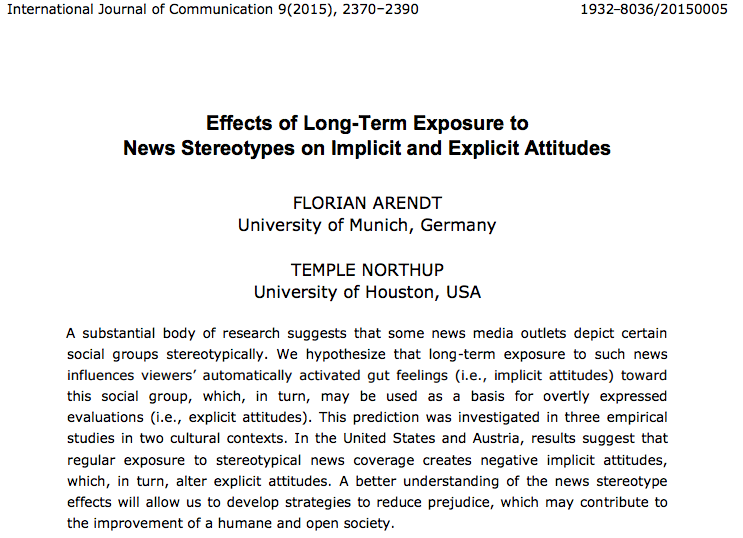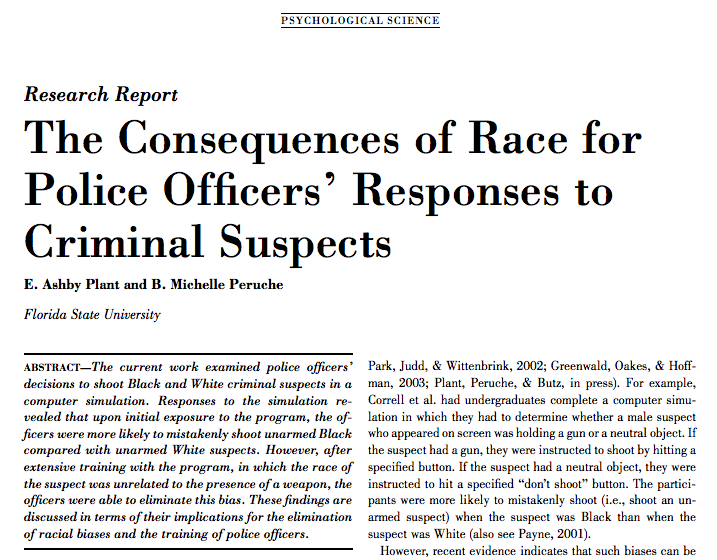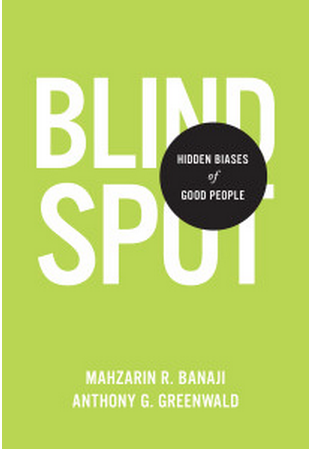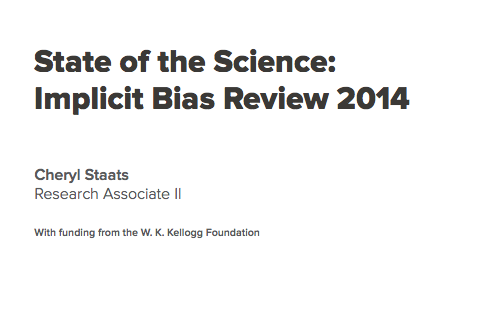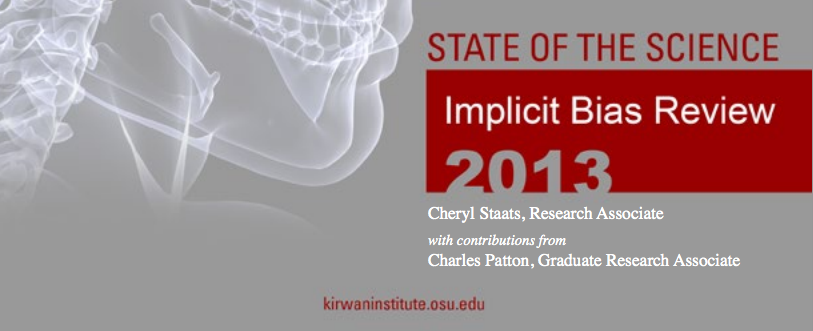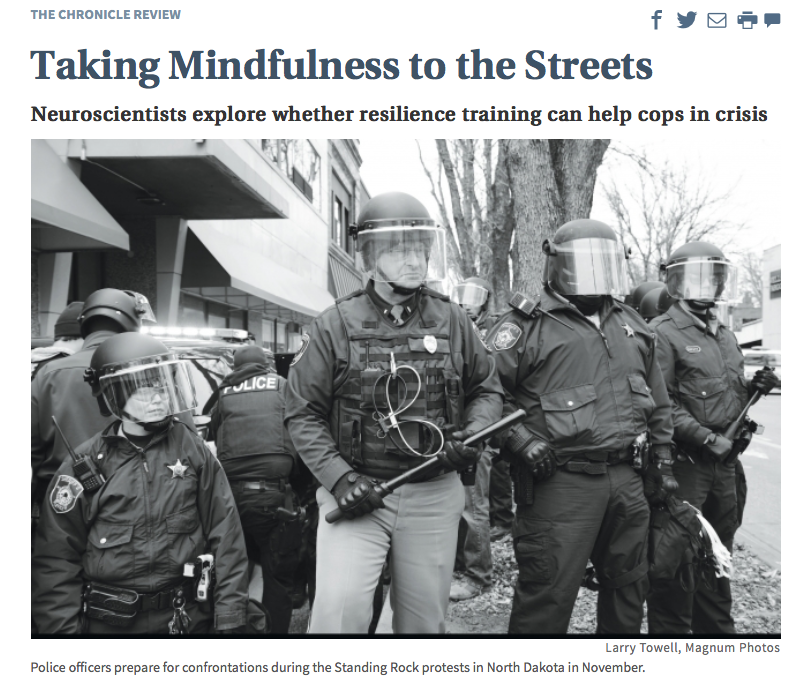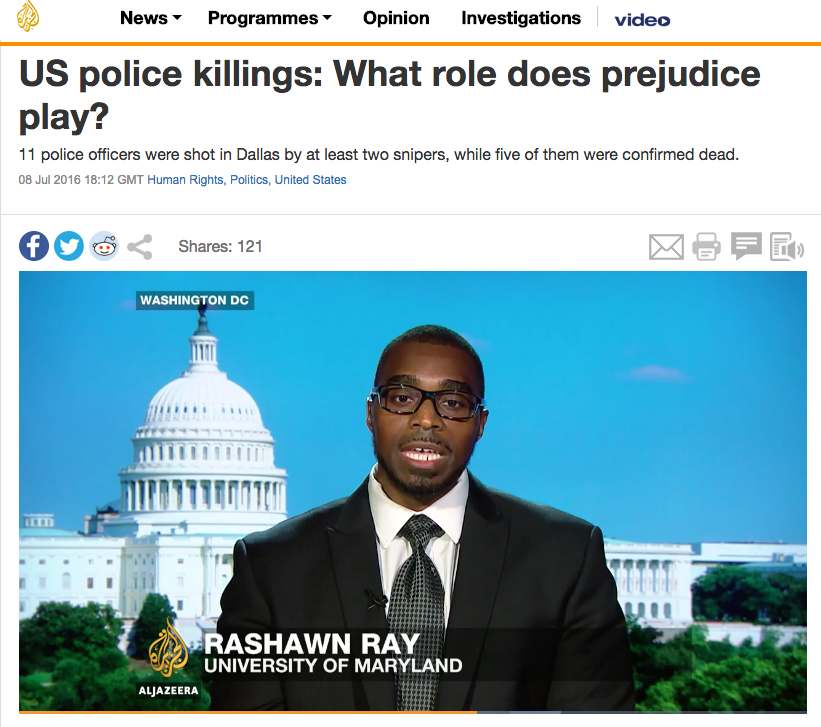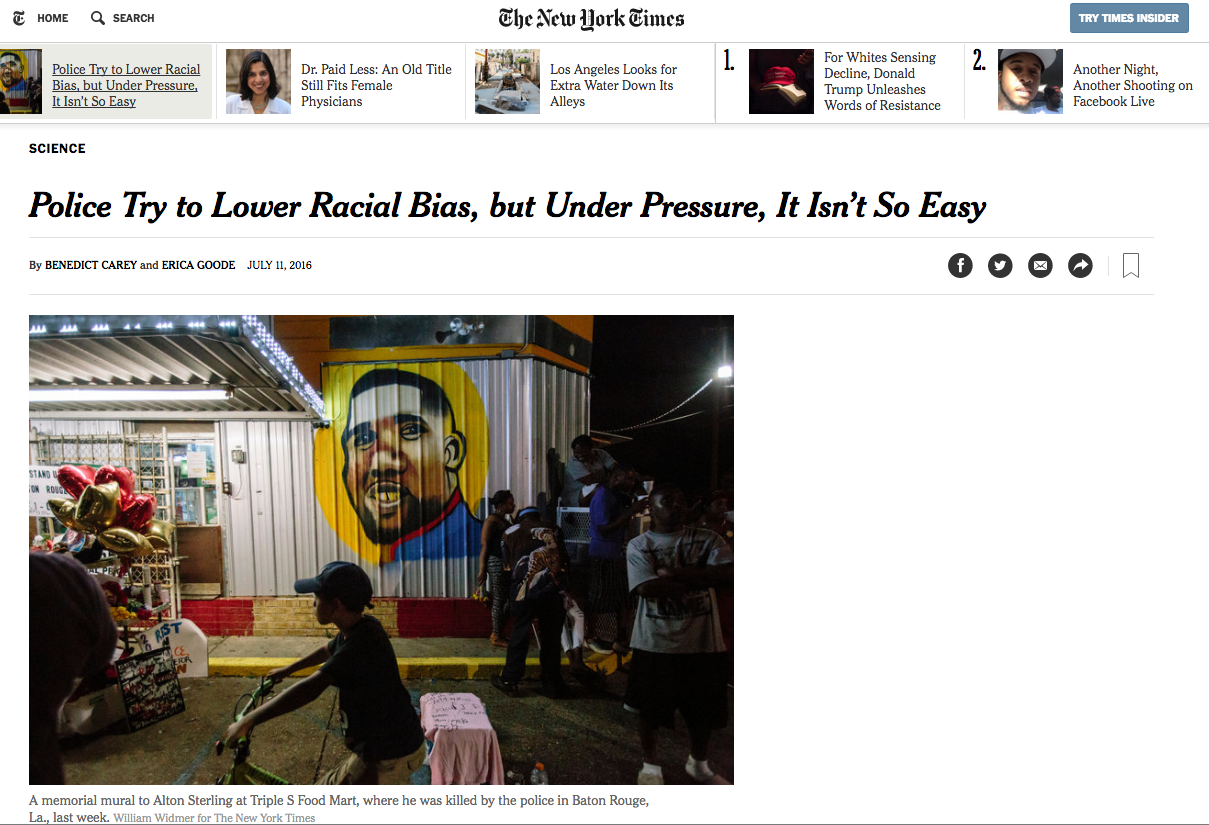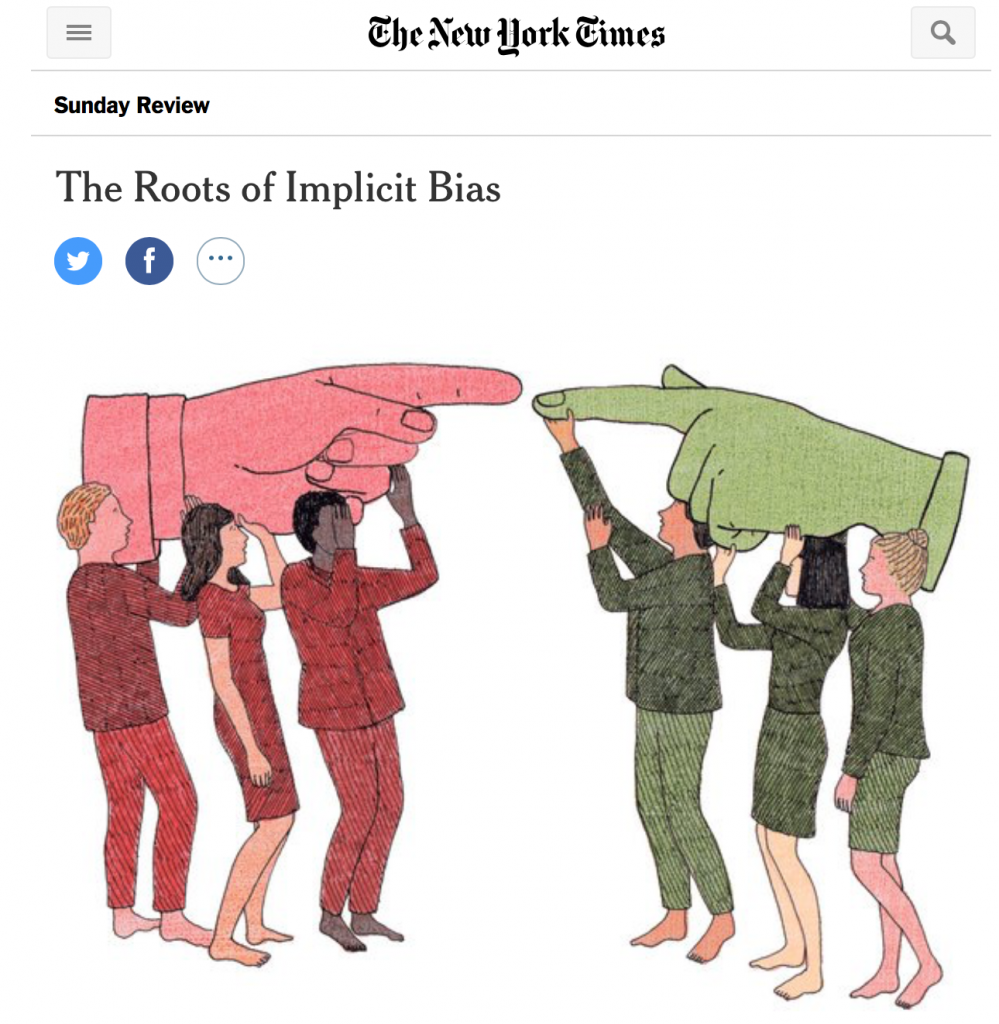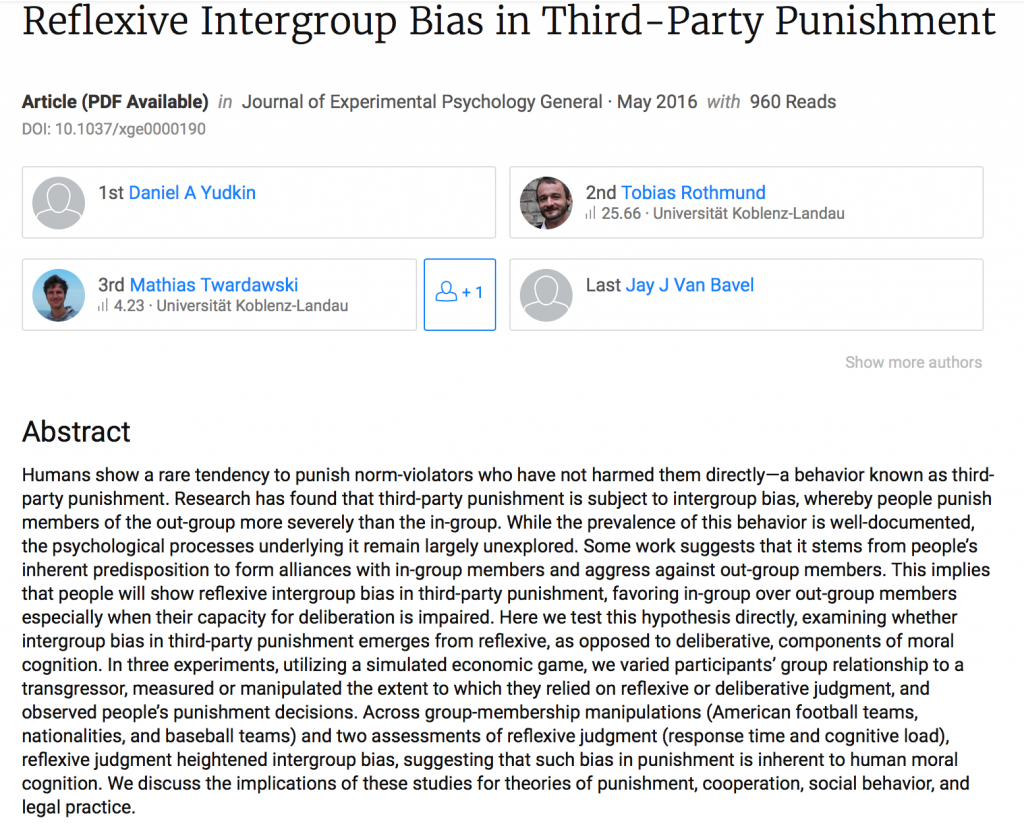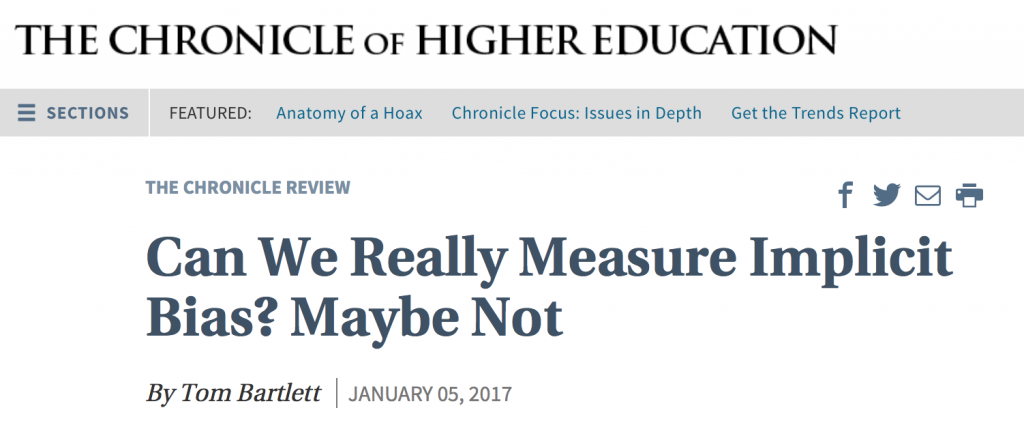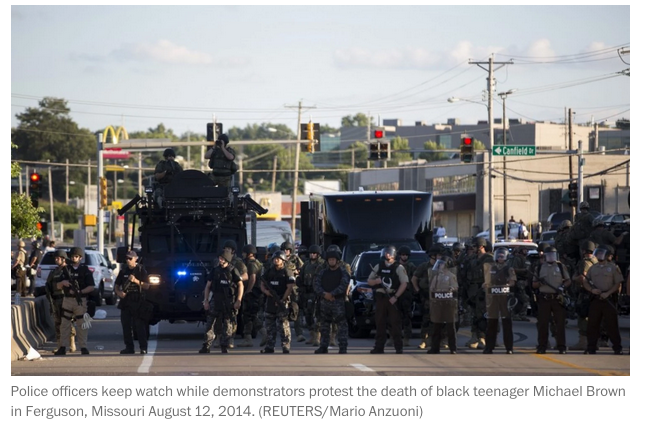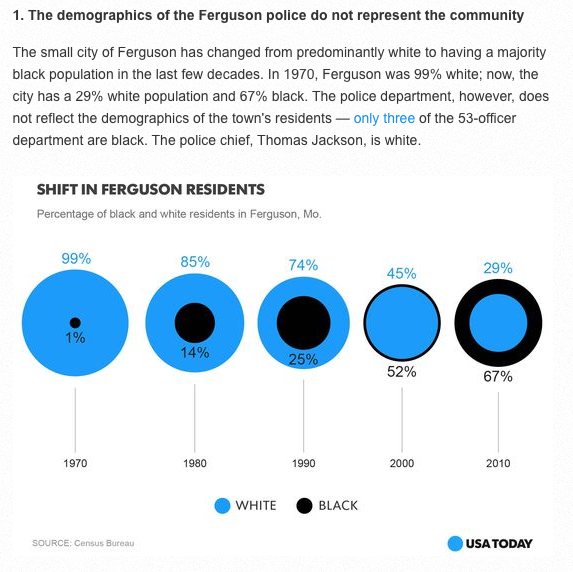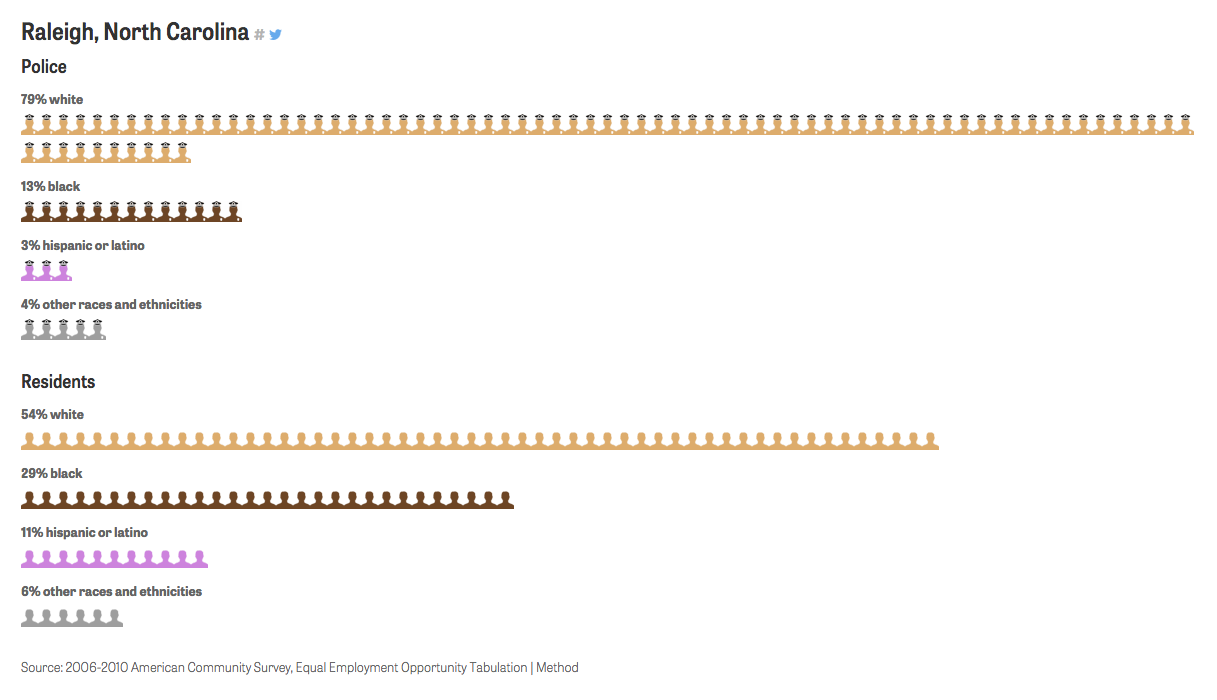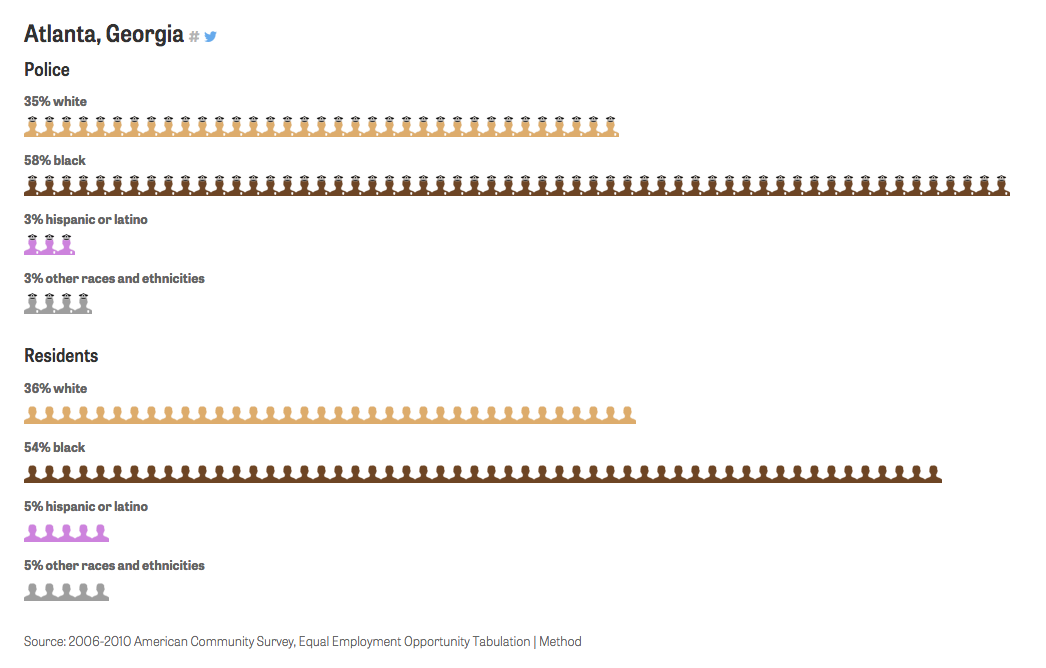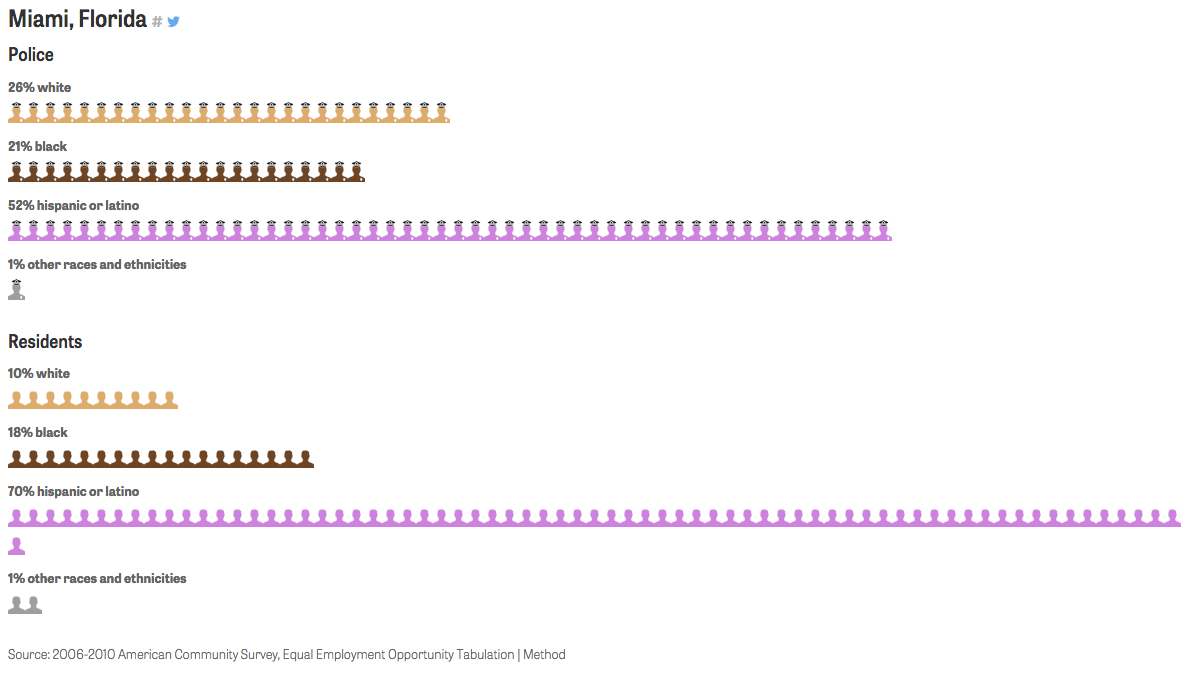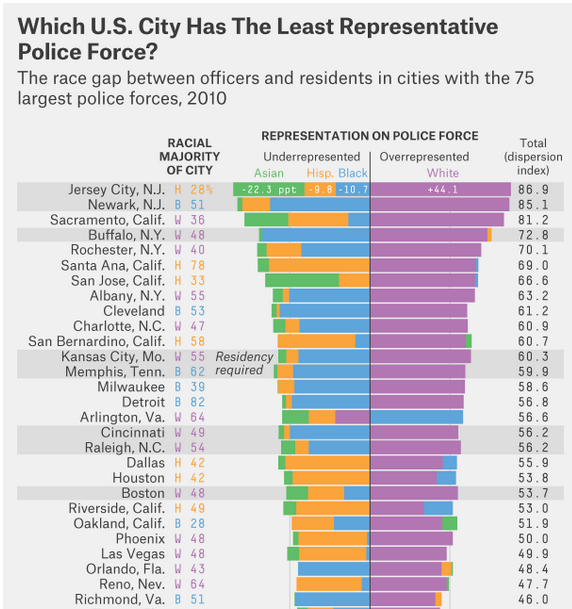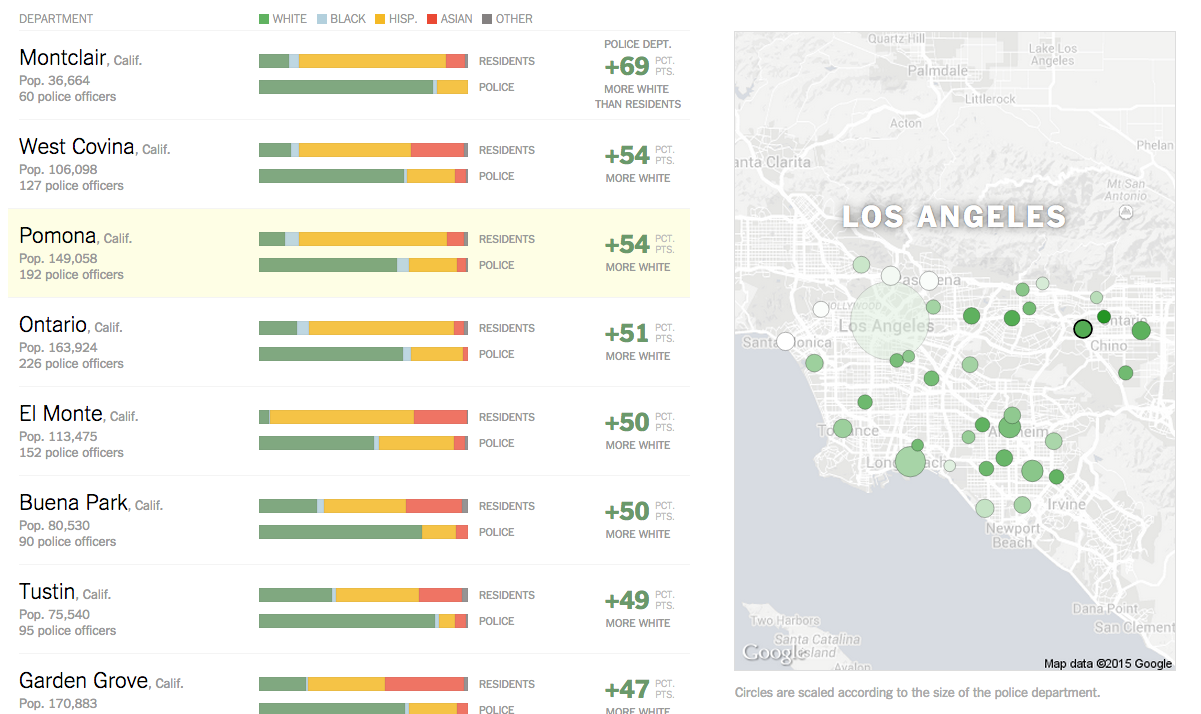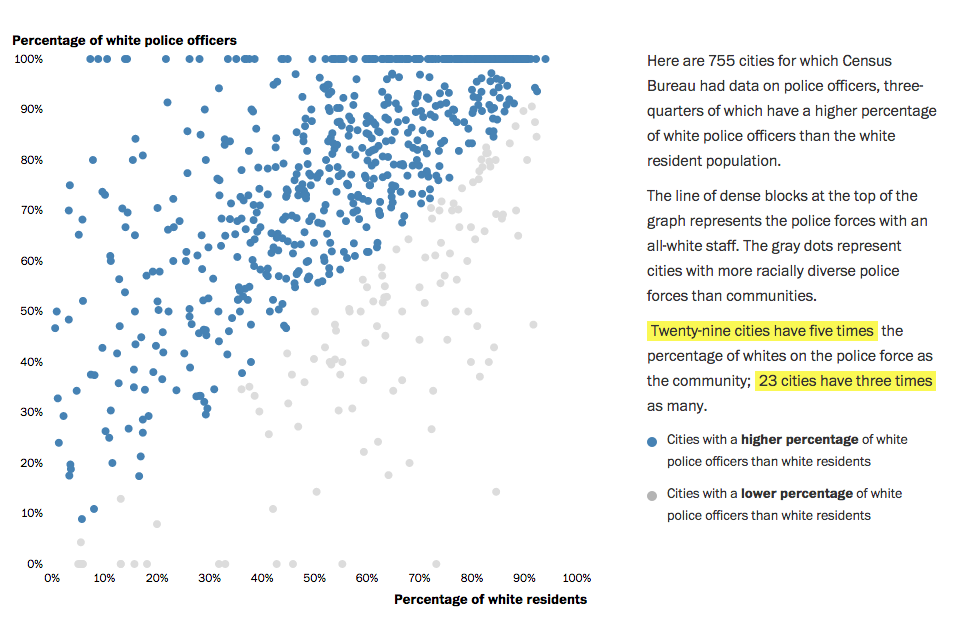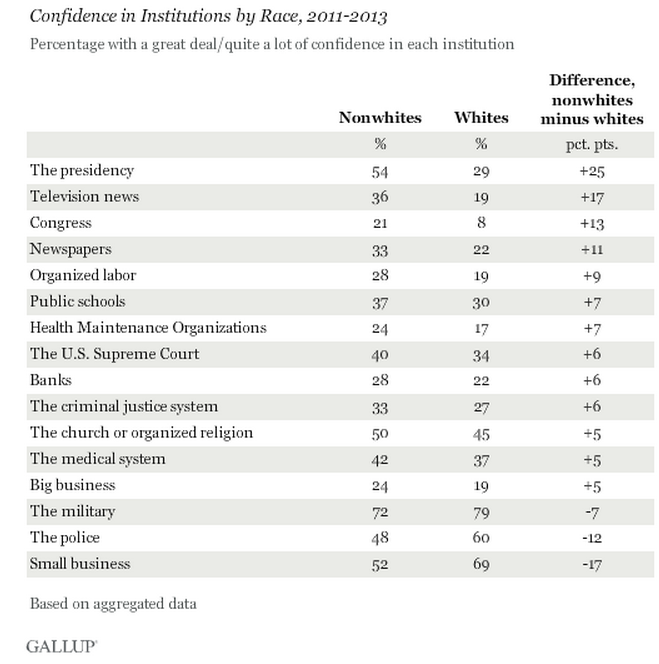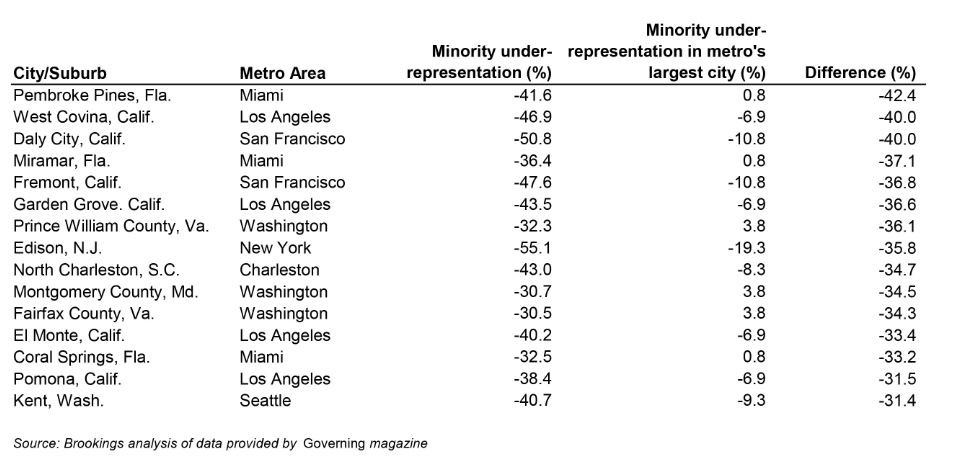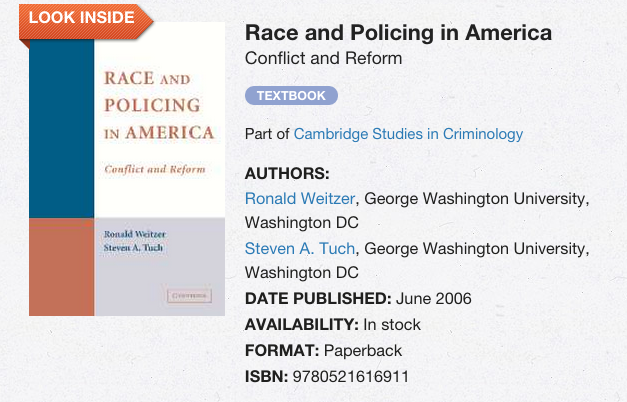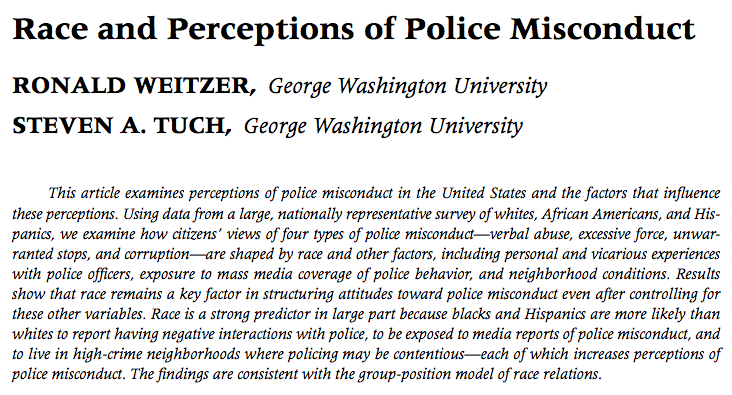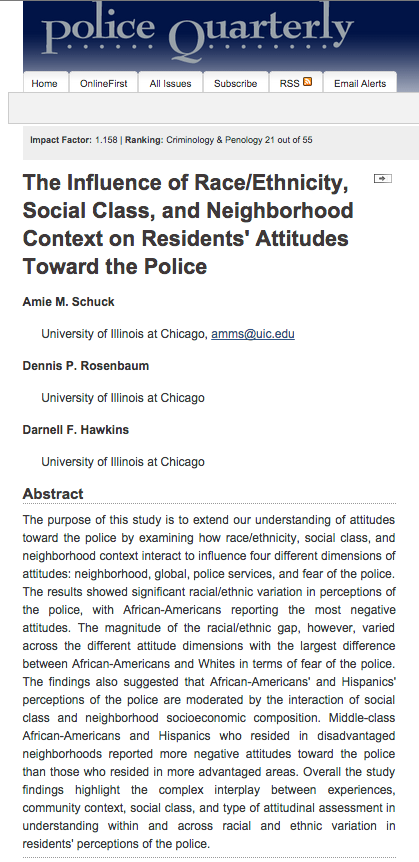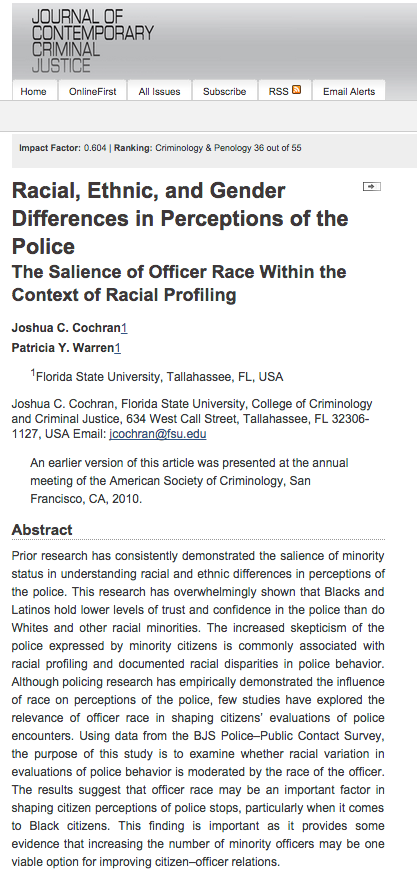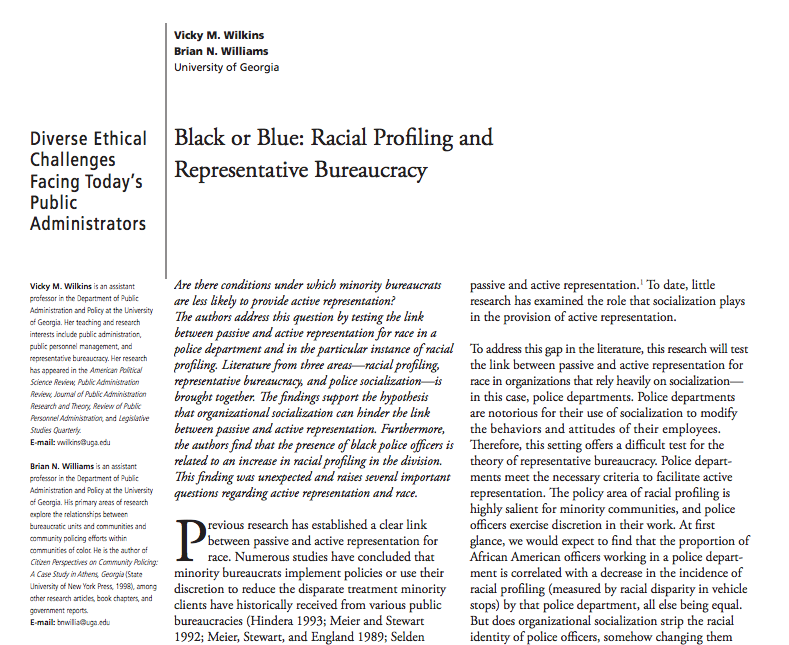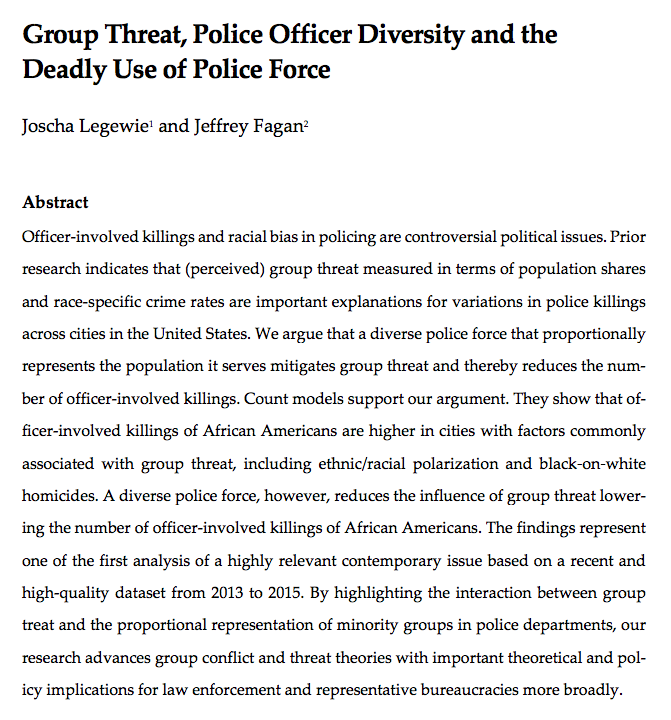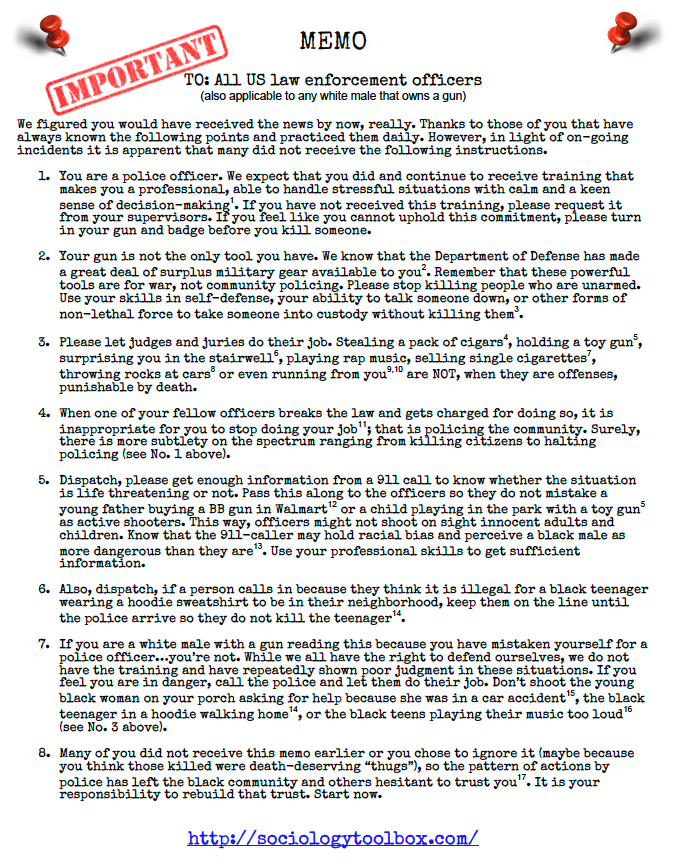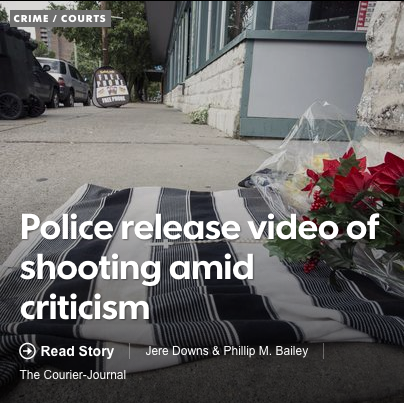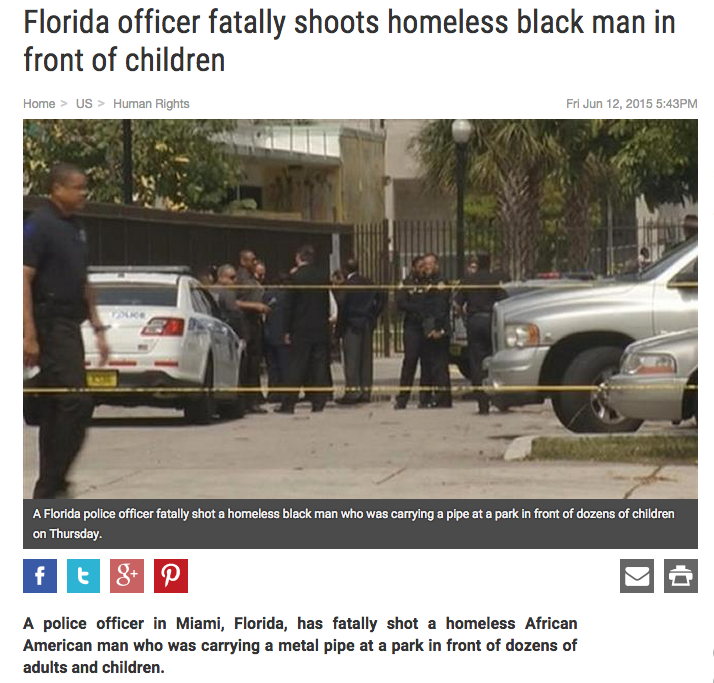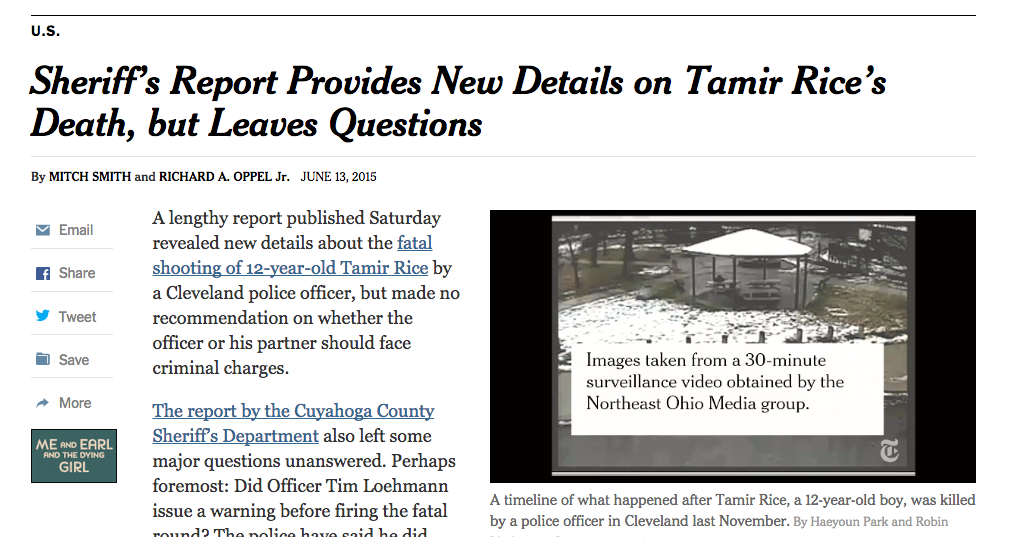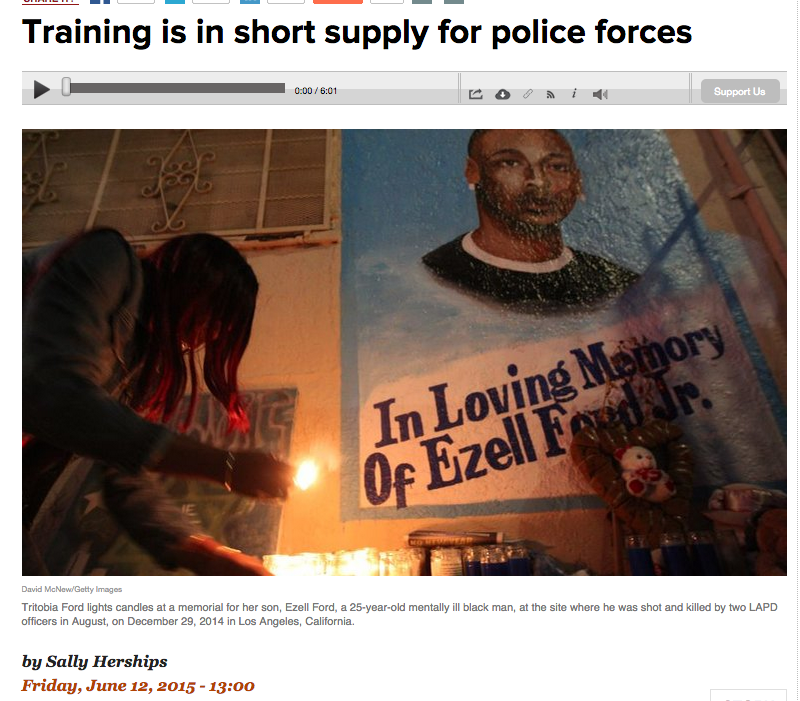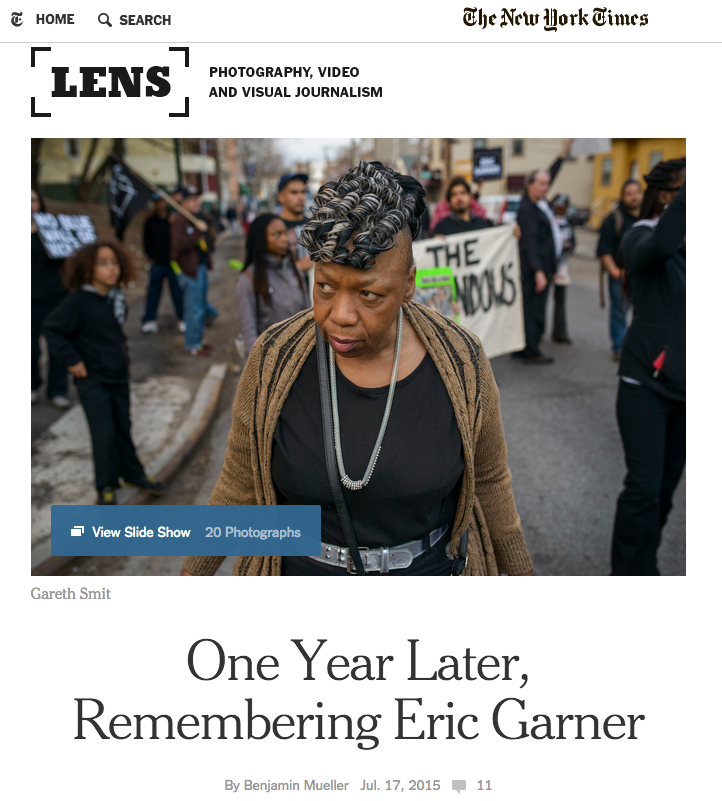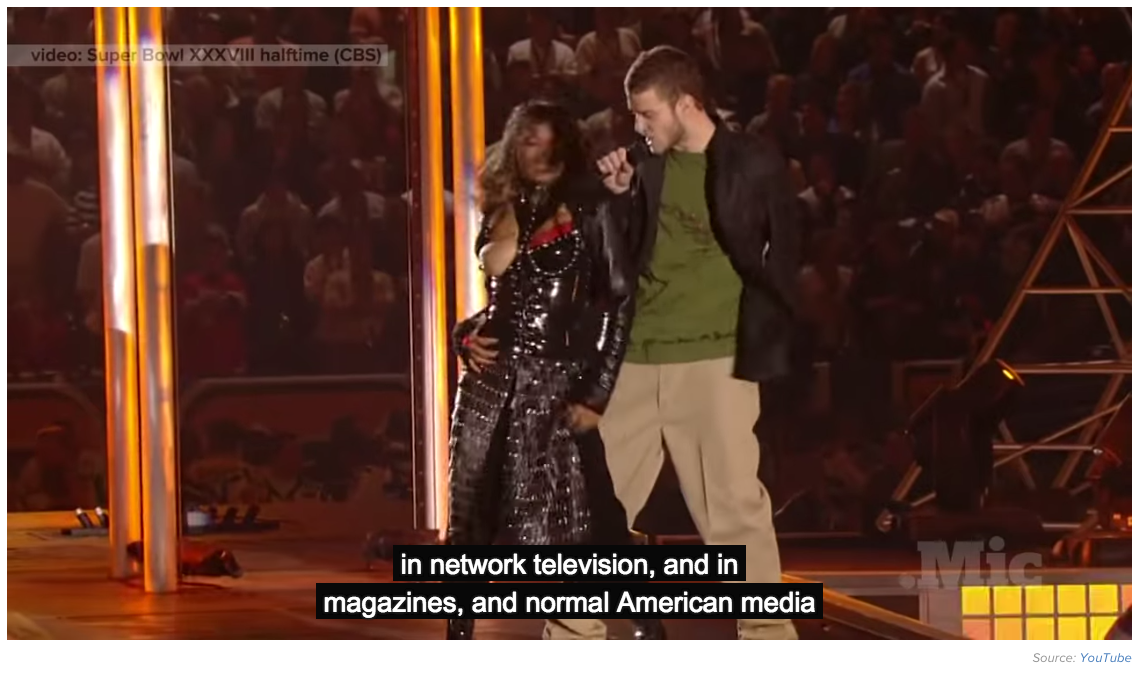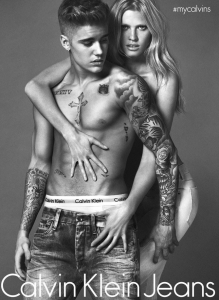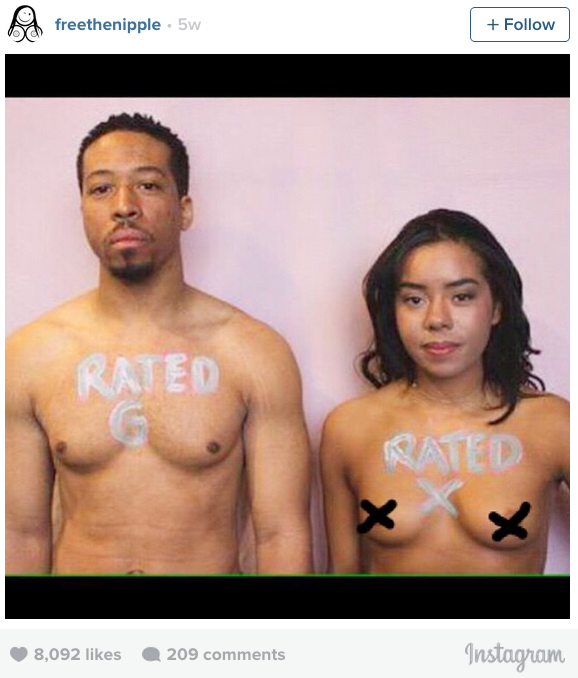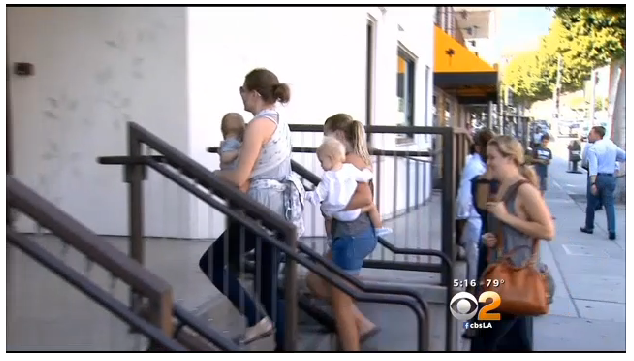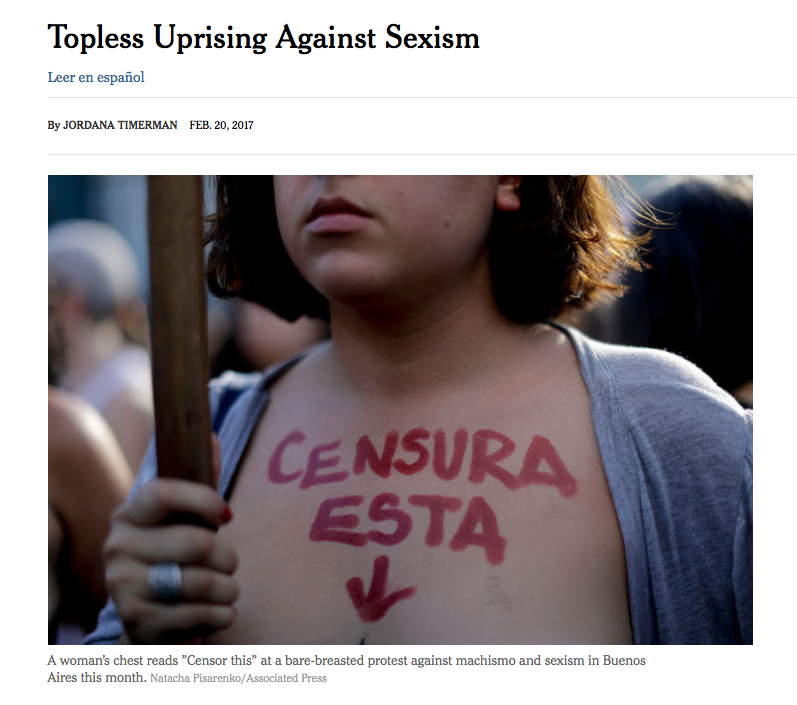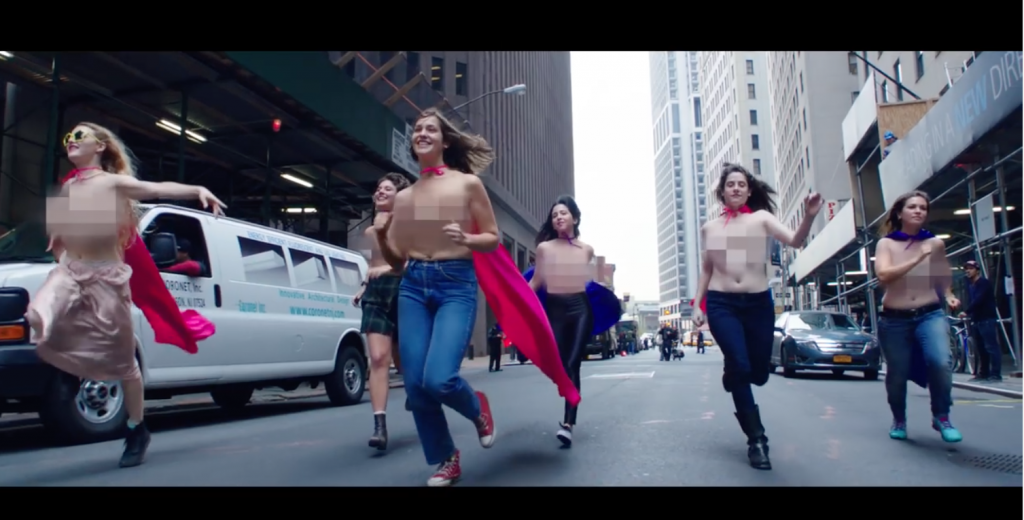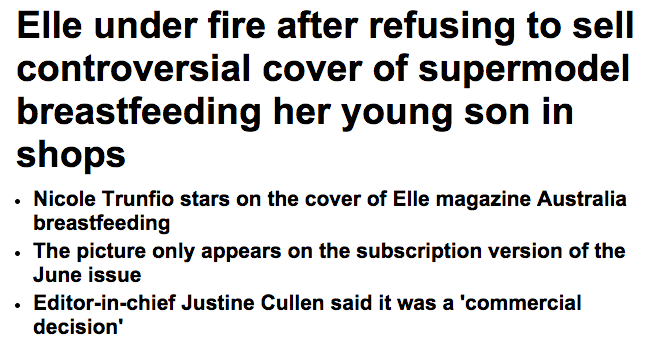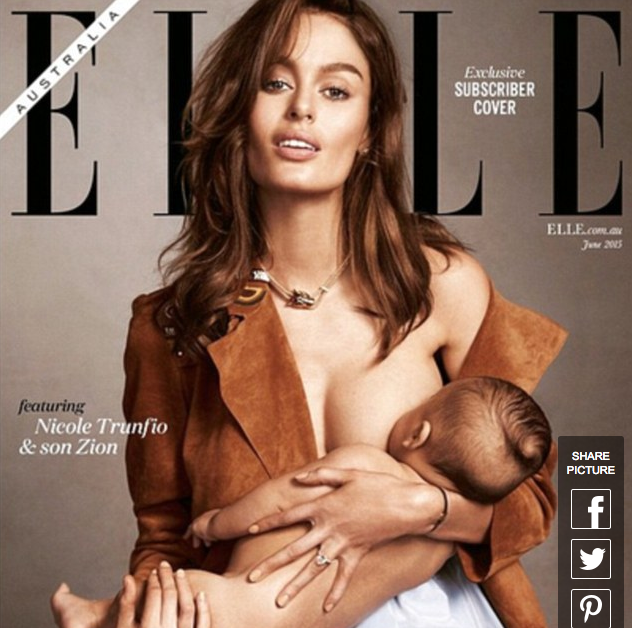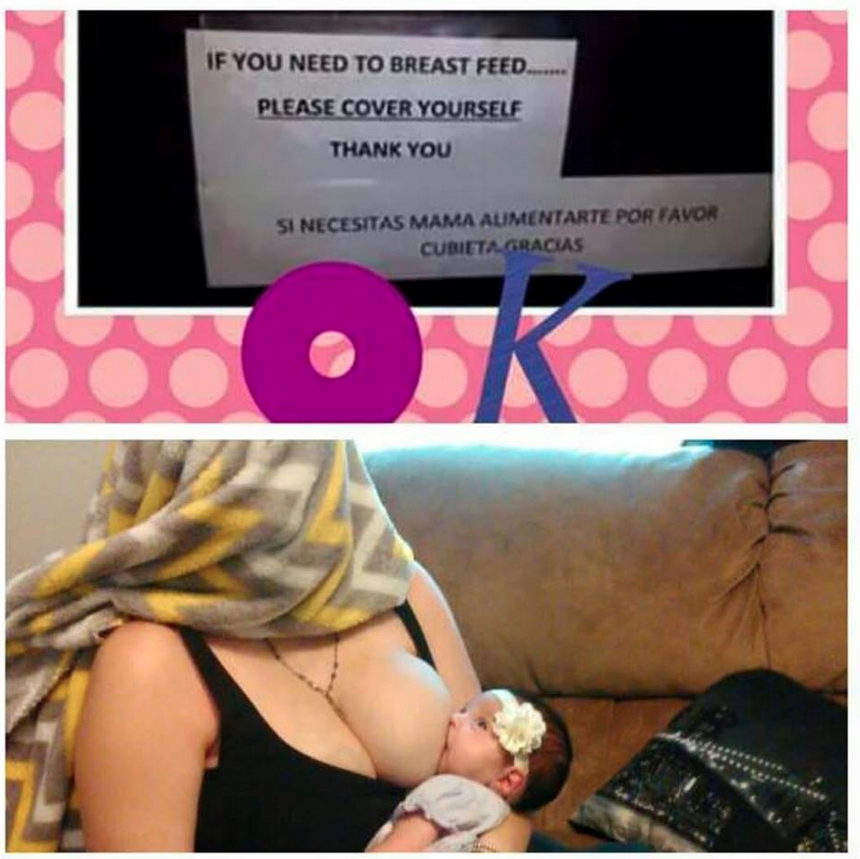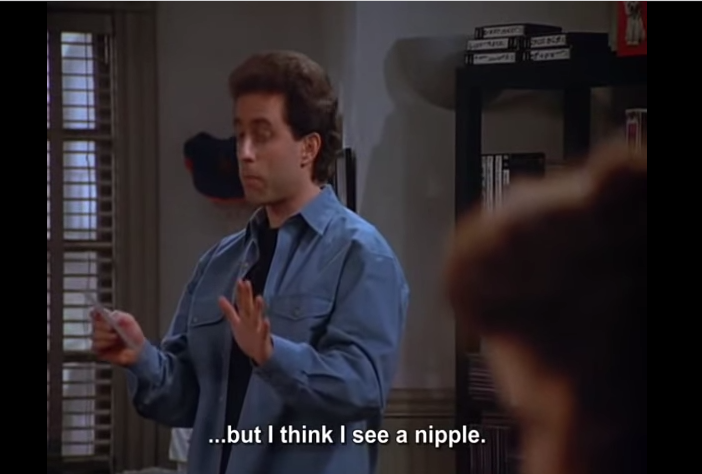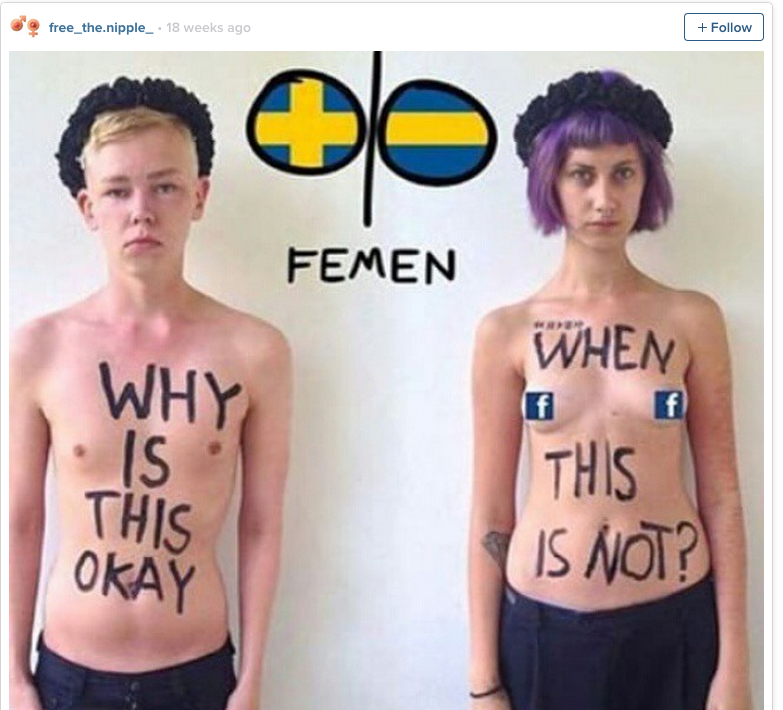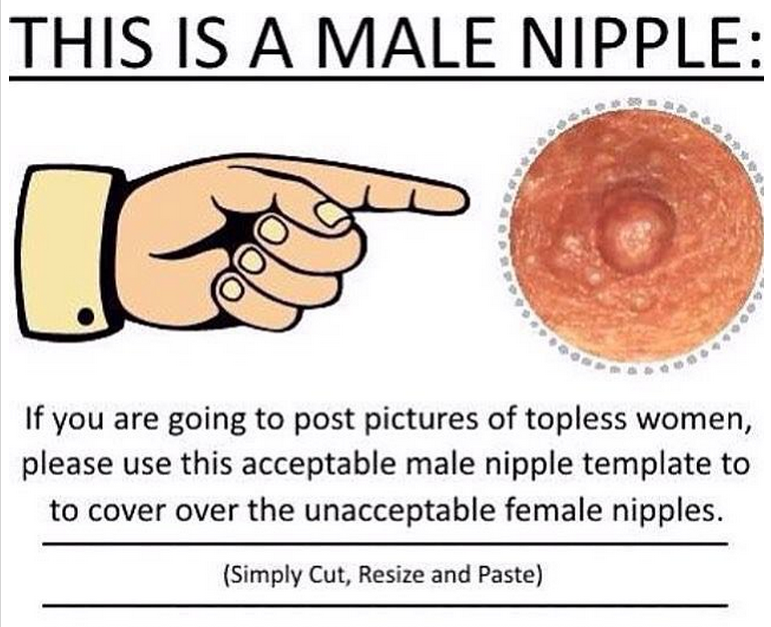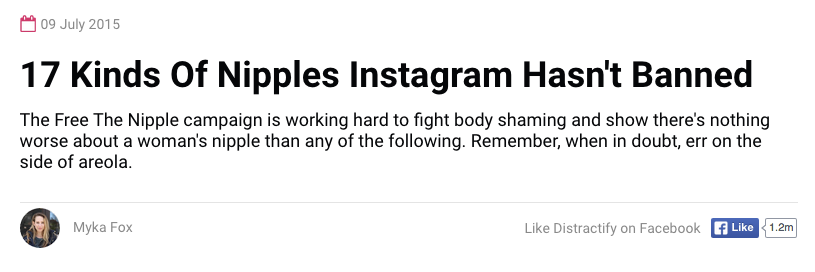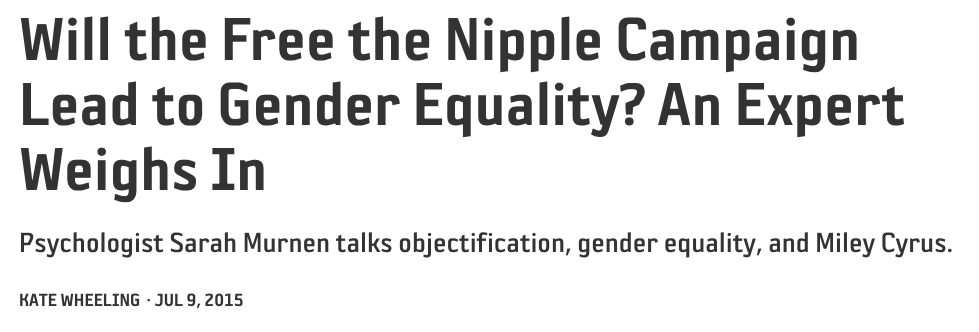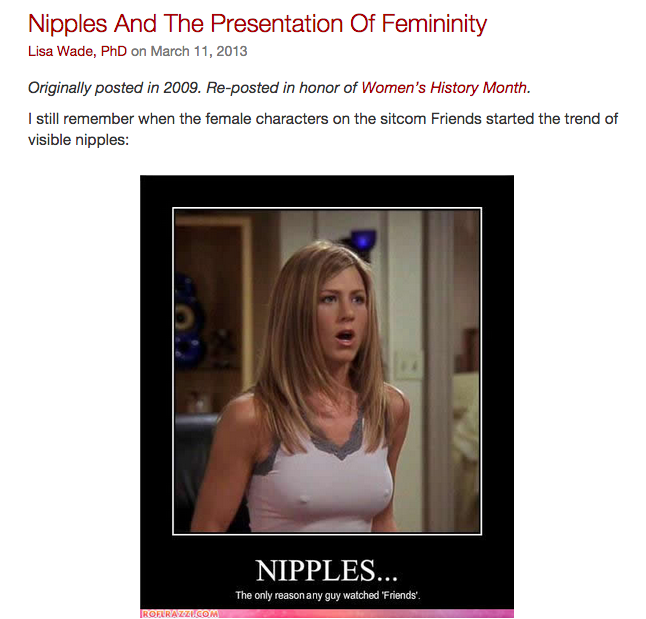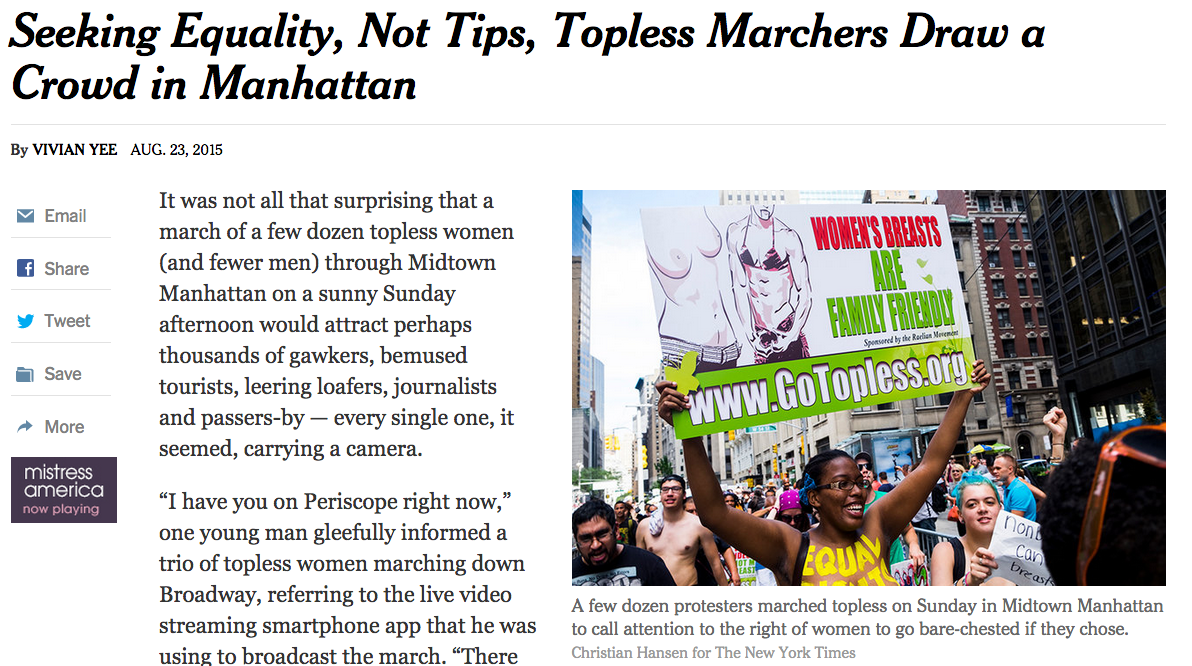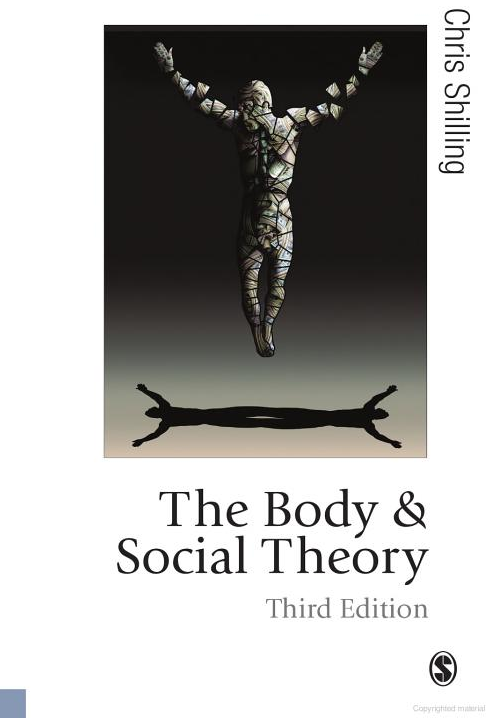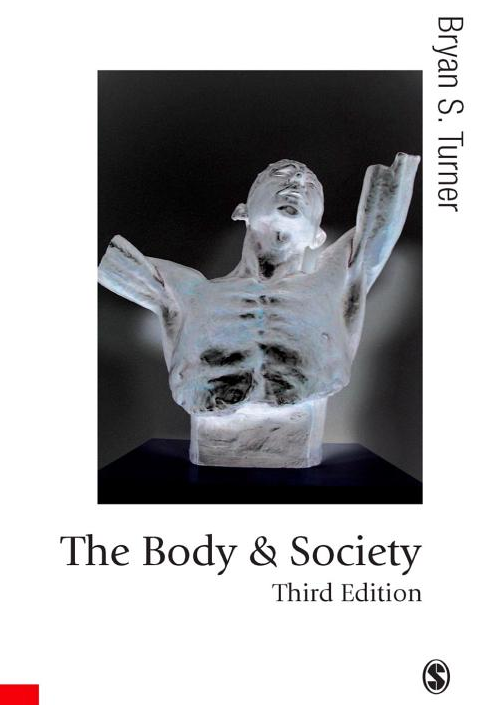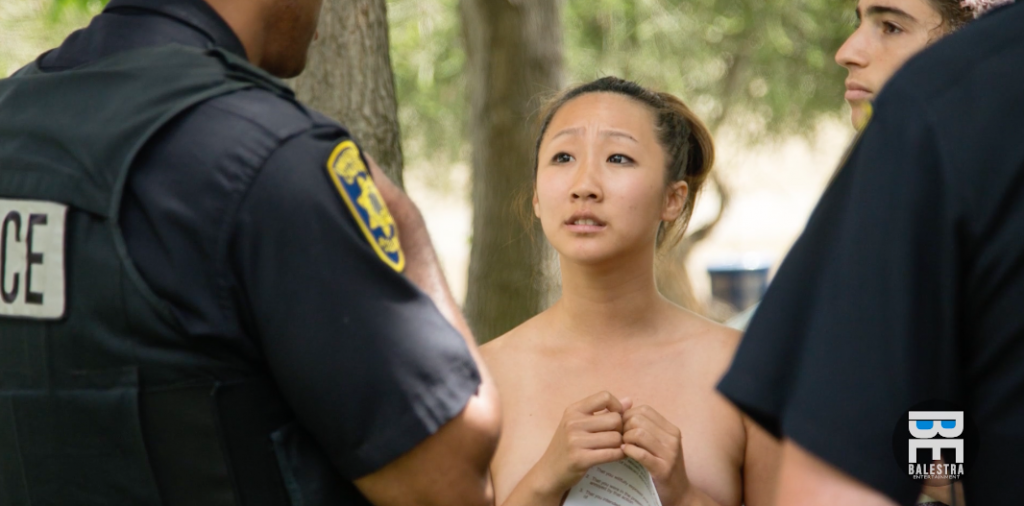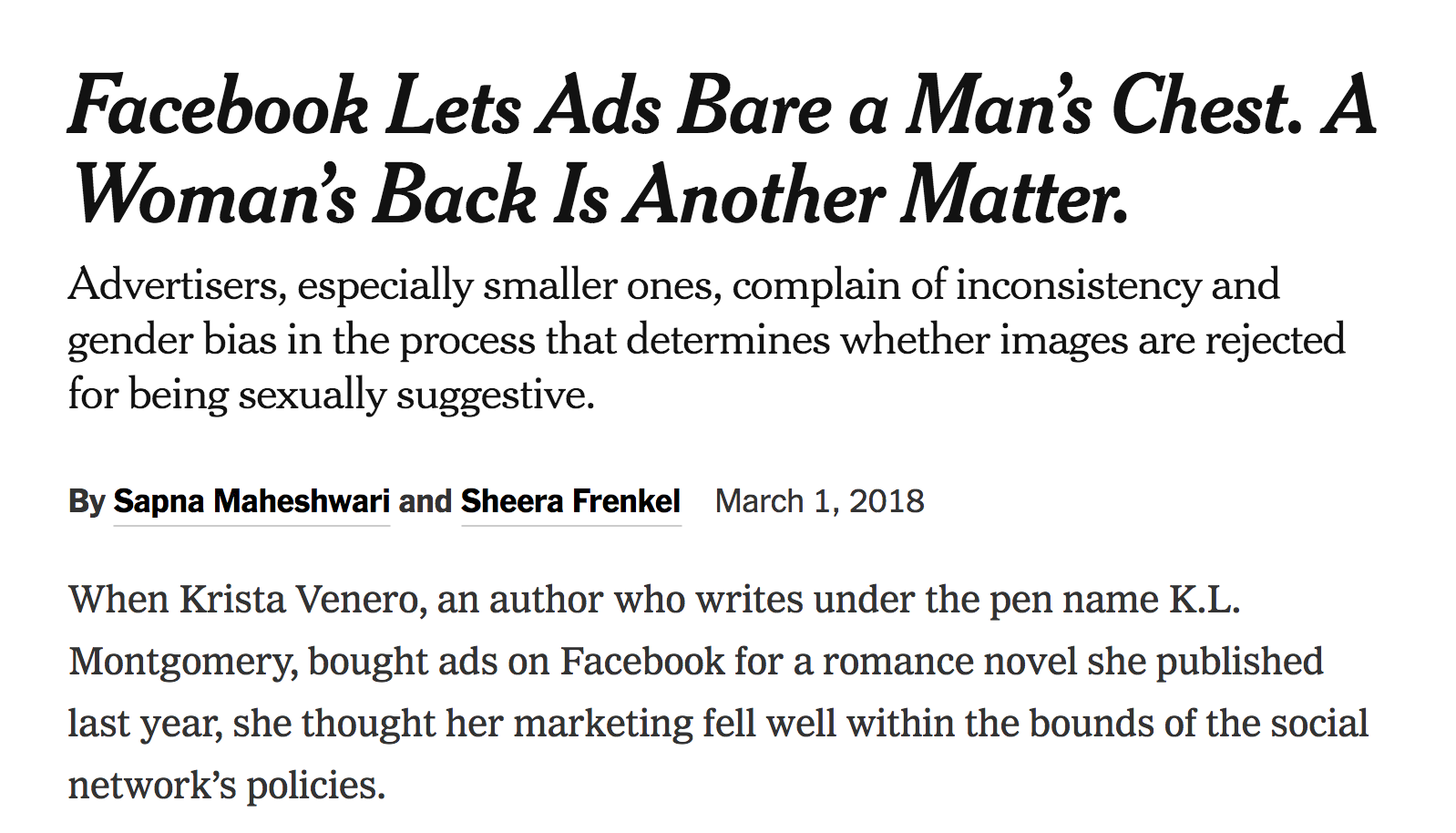Updated September 20, 2018
Cultural symbols and the meanings applied to them are not fixed in time. Within sociology, there is no single agreed upon definition of culture and its processes, but most definitions include a reference to culture being dynamic – that is not static. In my Introduction to Sociology class, I have settled on the following definition for students: Culture is dynamic, shared patterns of socially transmitted, norms, values, beliefs, and symbols. I usually then spend time digging deeply into each of the elements that make up that definition answering such questions as: We use the term “norms” often but what are they? What is the difference between a value and a belief?
Symbols are physical manifestations or concepts that communicate meaning. This can be a physical object like religious symbols (a cross, the Star of David, the crescent and star, etc.), clothing (a tuxedo, a Hawaiian shirt, a headscarf), or a one hundred dollar bill (technically just a small piece of paper that already has stuff printed all over it, but you wouldn’t throw it out). These items only have meaning in society because a good portion of us agree on the meaning. Often these meanings are enforced by institutions and were established long before we had to “decide” their meaning.
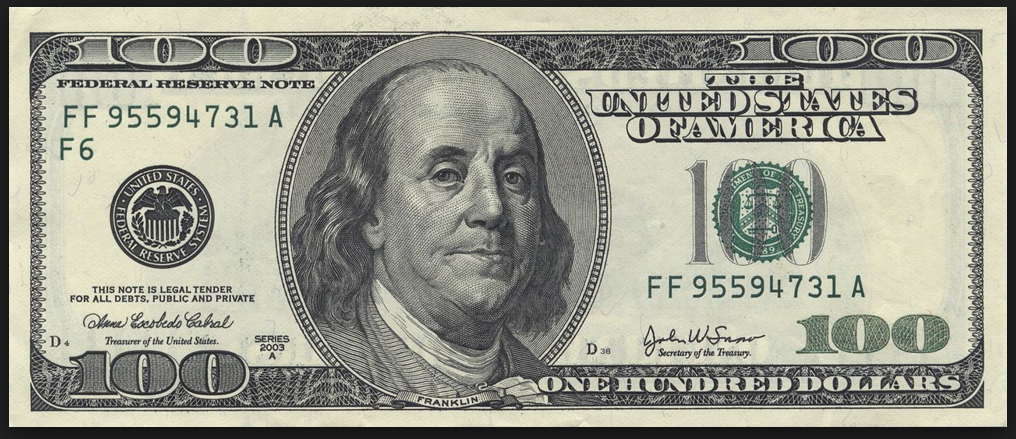
Even an “A+” is a cultural symbol. Think how random an A+ really is yet how much meaning it conveys. Especially as a child and likely still as a college student, when you see that A+, which is technically just a series of lines arranged in a particular manner, the first letter of our alphabet, you feel a sense of pride and accomplishment. You know that symbol means that you did an excellent job, especially when compared to the symbol “F”.
Cultural symbols can also be gestures. Think of a handshake versus a hug and the meaning behind each. We don’t/shouldn’t accept a job offer by hugging our new boss (even though you may want to).

We certainly don’t end a first date with someone we want another one with by shaking their hand. There are other gestures with your hand that certainly have distinct meanings depending on your culture. Clearly, in US culture, our middle finger has a very particular meaning. See a guide to the different meaning of hand gestures around the world (click on the image below for more). Change the cultural context and you change the meaning.
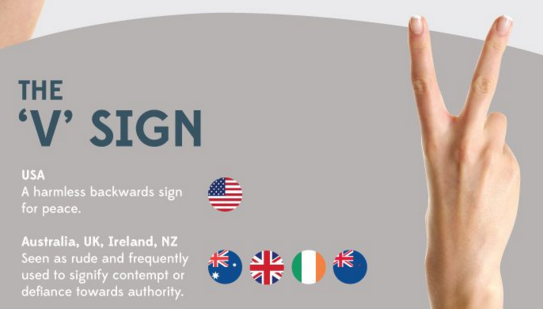
Flags are also cultural symbols; important ones! If you don’t think so, try hanging the flag upside down, putting it on the ground or burning an American flag and see how people react. A flag, any flag, is just a pattern of colors and shapes. Sometimes it is fabric, other times it is just printed on a piece of paper and taped to the window, or it is the tiniest of lapel pins – and if you are a presidential candidate you better be wearing one or you are not patriotic enough. Either way, that collection of colors and shapes has tremendous cultural meaning! In 1989, a piece at the Art Institute of Chicago entitled, What is the proper way to display a US flag?, incited national attention and outrage when the interactive piece invited people to write their thoughts in a book, but in order to do so they would have to step on a US flag that was draped on the floor.
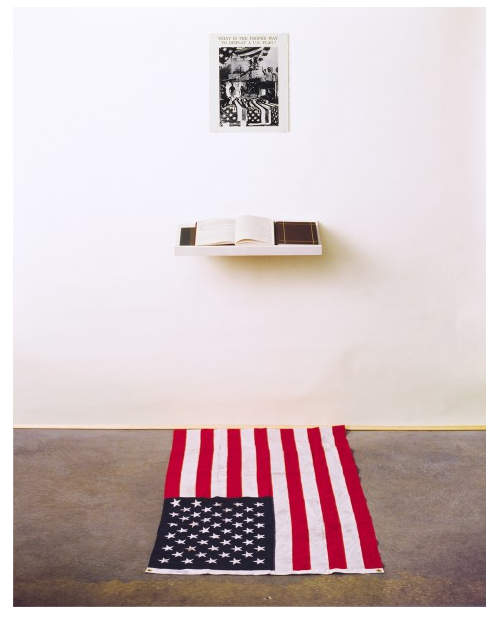
In a more recent case, students at Valdosta State University used the flag on the ground as part of a protest and gathered national attention.
Donal Trump tweeted about the power of this cultural symbol as well.
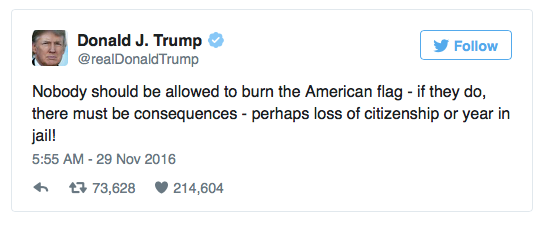
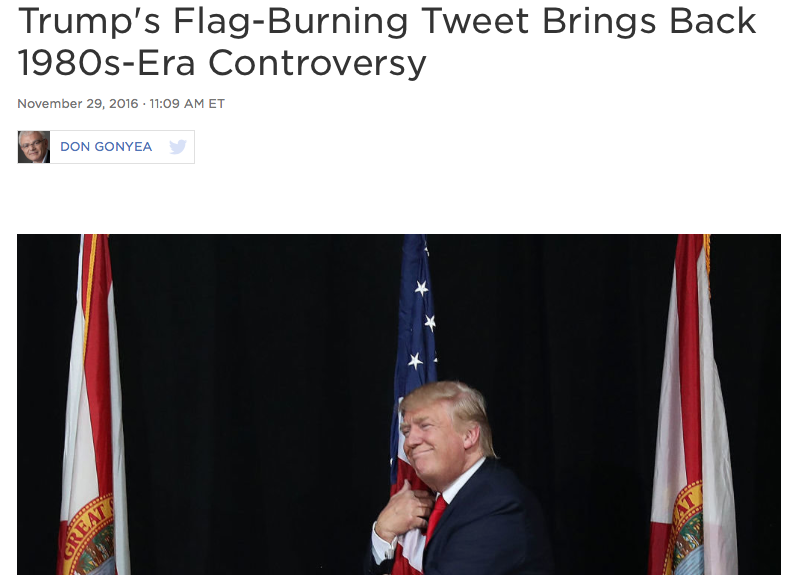
Symbols change as the cultural context changes. This can be by moving the symbol to a different culture through global media or travel or through changes in time within the same culture. Additionally, the meaning behind the symbols is not always agreed upon within a culture.
A case of the contested meaning of cultural symbols is evident in the debate over the Confederate flag in the summer of 2015.
Again, this collection of colors and shapes, all shared with the US flag (white stars on a blue background, red, white and blue colors, stripes), only has value because of the meaning that our culture gives it. Is it a sign of historic Southern culture or of the violently enforced system of slavery that legally defined black people and their labor as the property of white owners? Those are two dramatically different interpretations of the same symbol and depending on the meaning you place on that symbol it would alter your reaction to it. Do you put a sticker of it on your truck bumper or avoid people who display it?
This topic is likely to generate some heightened emotions in the classroom and depending on where in the country you teach some serious debate, so you may want to preface the class with some ground rules. I like it as an example for this very reason. It is a symbol that most have very strong feelings about and most are aware that there are also others that feel the opposite.
Here we have a symbol that generates passionate interpretations, none of which are inherent in the assemblage of colors and shapes, but are fully sociological and cultural.
We can argue over facts about the flag and the Civil War that it is intimately tied to, but this example shows that cultural meaning overpowers much of that. [Just for the record I understand that the Civil War was about state’s rights, but it was their right to maintain slavery]. Try using historical facts to convince someone who thinks that the flag stands for Southern heritage and that the Civil War was fought over state’s rights and you will see the power of culture and the meaning of symbols. It is likely that no historical fact will alter their view.
Here are some memes from the internet promoting the symbol as one of heritage:
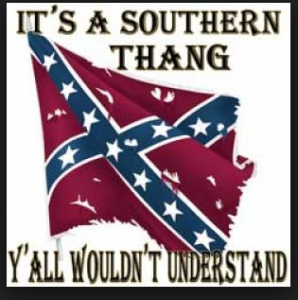
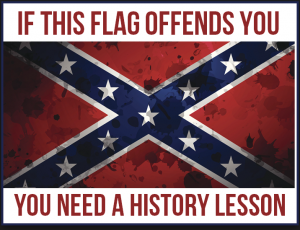
Technically, the flag didn’t even become adopted as the symbol of the Confederacy until after the South lost the Civil War when it was used to honor veterans of the South (who were fighting to maintain slavery). As one white woman is quoted in a recent New York Times article, “It doesn’t stand for hate. It means a lot of people fought and died.” Another person is quoted in the same article as saying, “This is what we stand for — this is our pride.” In another NYT article, a North Carolina resident reacts to the removal of the flag from the South Carolina Statehouse grounds, saying “’We had 22,000 South Carolinians die under the flag,’ he said, including one of his ancestors. They were fighting for ‘constitutional rights,’ Mr. Hines said, and not slavery.” For them, the symbol means something completely different to someone who finds it a symbol of an era of tremendous oppression and violence against blacks by whites.
In a July 2015 poll by CNN, a majority of Americans agreed that the flag stood for Southern pride while only a third recognize it as a symbol of racism.
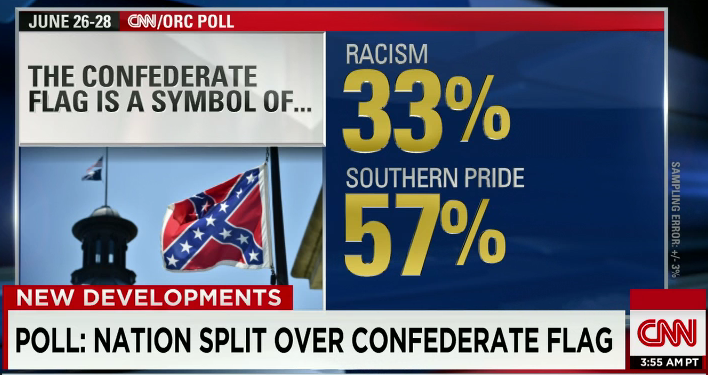
Eighty years or so after the end of the Civil War the flag became associated with SC Senator and occasional presidential candidate, Strom Thurmond, and the Dixiecrats policies that wanted to maintain racial segregation. They were not happy with President Truman’s efforts to desegregate the military and schools. According to one news source, “In 1948, the newly-formed segregationist Dixiecrat party adopted the flag as a symbol of resistance to the federal government. In the years that followed, the battle flag became an important part of segregationist symbolism, and was featured prominently on the 1956 redesign of Georgia’s state flag, a legislative decision that was likely at least partly a response to the Supreme Court’s decision to desegregate school two years earlier. The flag has also been used by the Ku Klux Klan, though it is not the Klan’s official flag.”
Georgia changed its state flag in 2003 to fully remove the reference to the Confederate flag, but it was not even part of their flag until 1956. See below.

Only Mississippi’s state flag still contains a reference to the Confederate flag within its overall flag design. But just as in South Carolina in 2015, even Republicans are now mobilizing for change in Mississippi. Read more about that here.
Kayne West and some other powerful hip hop artists have tried to reappropriate the flag by wearing it on their clothing. Kanye explained his actions this way, “‘React how you want,’ West said at the time. ‘Any energy is good energy. The Confederate flag represented slavery in a way. That’s my abstract take on what I know about it, right? So I wrote the song ‘New Slaves.’ So I took the Confederate flag and made it my flag. It’s my flag now. Now what are you going to do?'”
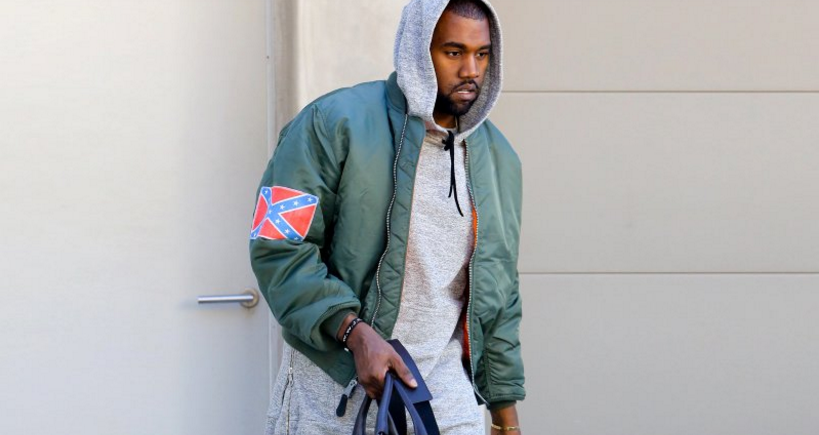
The meaning of the Confederate flag changed rapidly in June of 2015 when Dylan Roof,a white male, killed nine black parishioners at the Emanuel African Methodist Episcopal Church in Charleston, SC. It was clearly a racially motivated mass shooting. Photographs of the shooter emerged online showing him holding a Confederate flag. It was quickly solidified as a symbol of racial hatred.
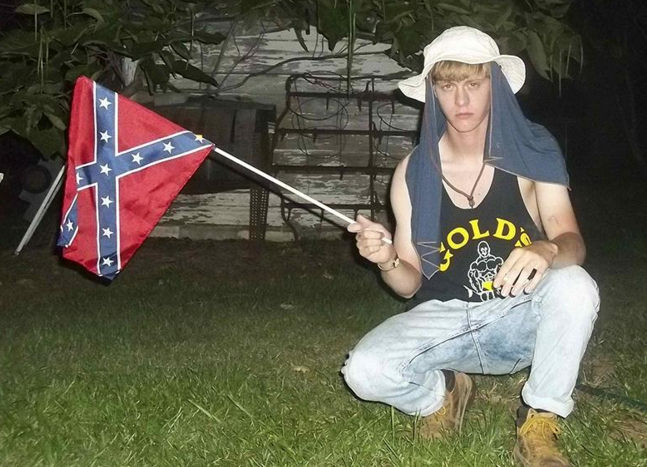
Rapidly, the cultural tide tilted and people of all political ideologies (including both Mitt Romney and President Obama) were calling for the state of South Carolina to remove the Confederate flag from the state grounds, where it had flown since 2000 when it was removed from the state’s capitol dome flag pole. That same summer, Walmart, Amazon and eBay announced they would stop selling merchandise with the flag on it. The feelings about the meaning of this cultural symbol are strong; one man bombed a Walmart in Mississippi in protest. In the months following the shooting and the renewed call to bring the flag down there were nearly 200 protests around the country in support of the Confederate flag. The NYT reported, “State Representative Christopher A. Corley, a Republican from Aiken County, called the debate over removing the Confederate battle flag from the State House grounds, which ran deep into the night, ‘the most emotional issue our state will ever deal with.’”
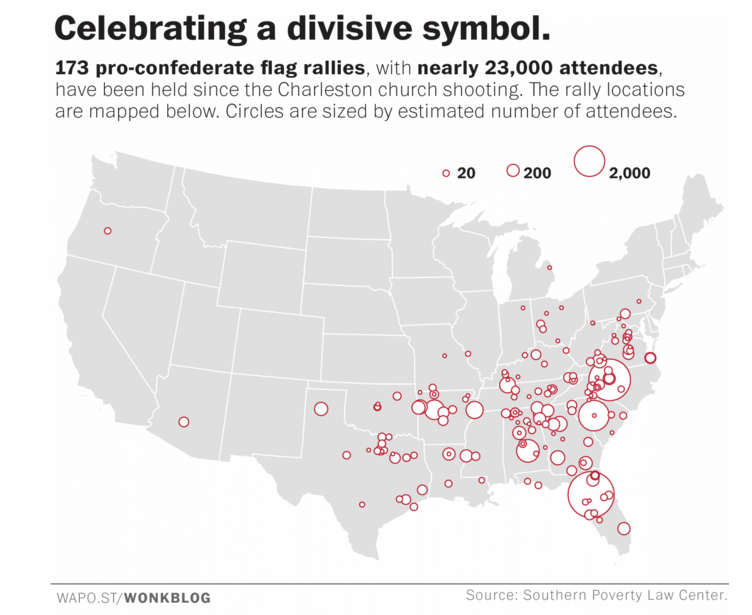
Amidst the debate of whether or not to take the flag down, an activist, Bree Newsome, climbed the flagpole early one morning to remove it. The flag was always on display and could not be lowered like a typical flag. The Guardian reported 25-year-old Tamika Lewis, another black activist from Charlotte saying, “The flag represents white supremacy…the image alone is used to ignite fear and intimidation, especially among people of color and minorities.”
Click here for a brief interview with Bree Newsome on MSNBC.
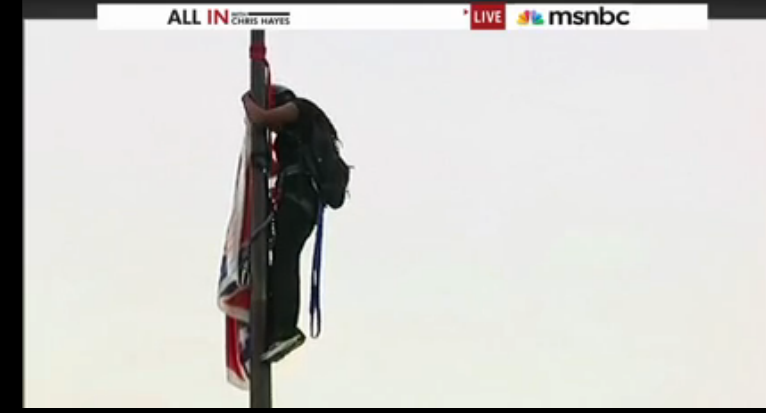
She was immediately seen as a hero by many and the internet generated memes such as the one below celebrating her actions.
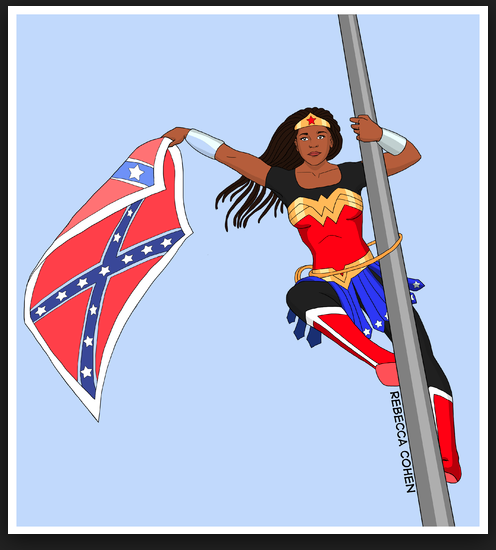
In the fall of 2015, the University of Mississippi decided to remove the state flag from campus because it contained the Confederate flag. Then interim chancellor Morris Stocks said, “The flag had become a hindrance. We want the state to create a flag that unites us rather than divides us.”
Remember that in fact the Confederate flag is just an assemblage of colors and shapes. It is the sociological and cultural meaning applied to it, embedded in people’s minds, supported and challenged by individuals that give it value and importance.
Teach well, it matters.
. . .
Data show that knowledge of Southern Heritage is weak among those that support the Confederate flag.
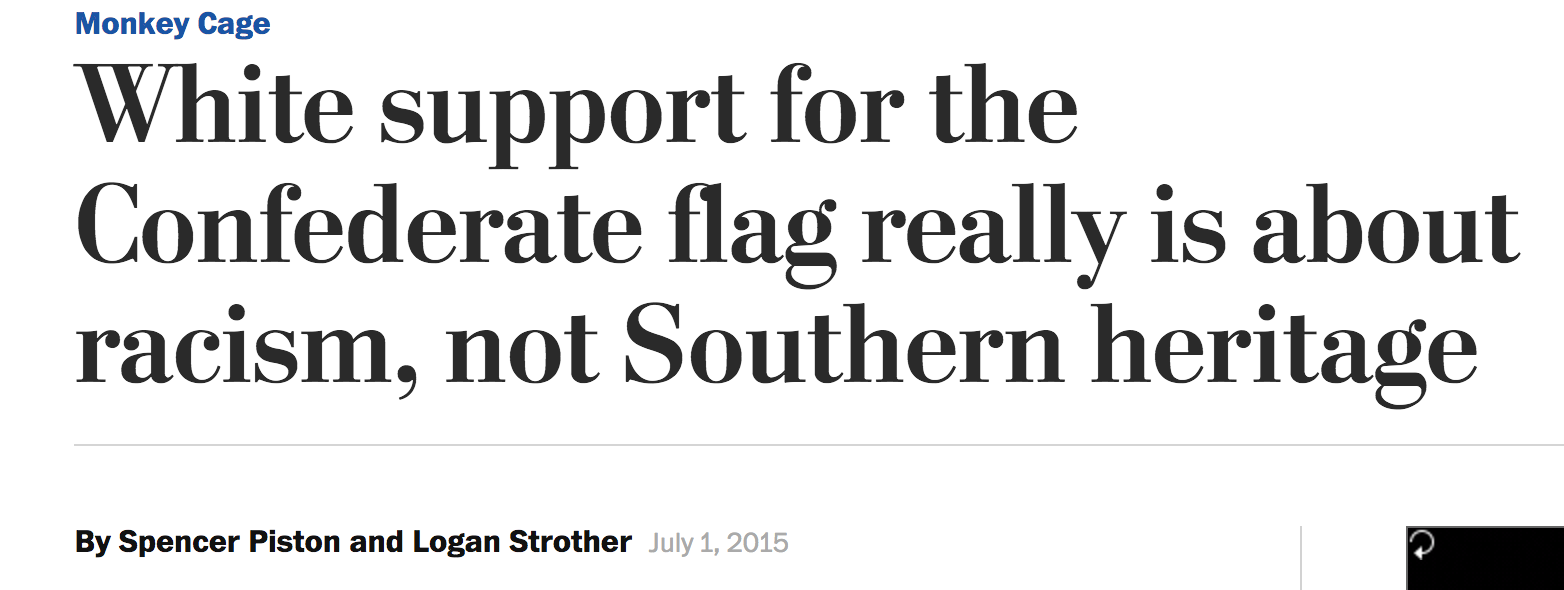
Read the full story here: https://www.washingtonpost.com/news/monkey-cage/wp/2015/07/01/white-support-for-the-confederate-flag-really-is-about-racism-not-southern-heritage/?utm_term=.42f5a7851a1e
From the article…
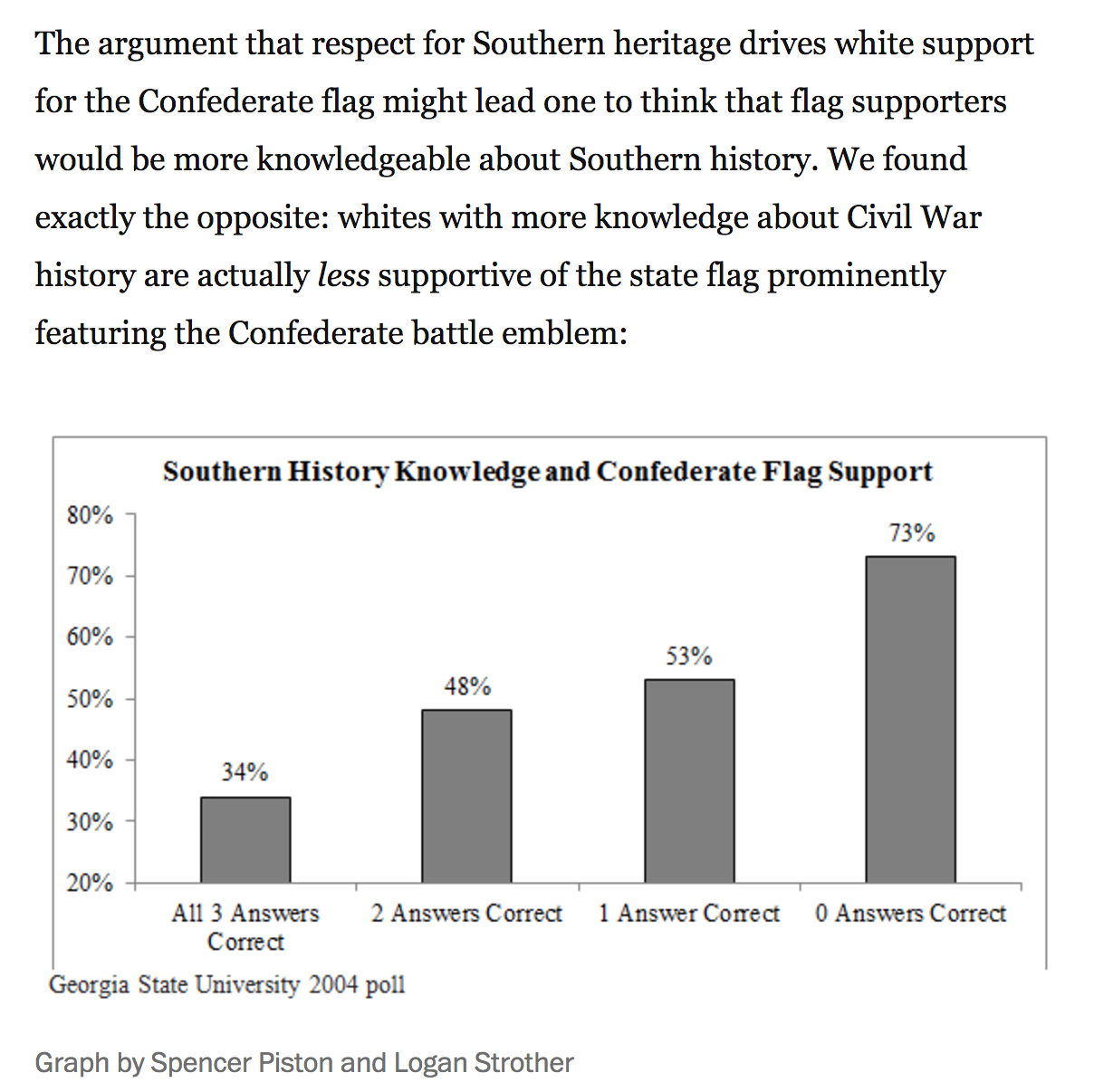
. . .
More recently, with the campaign and election of Donald Trump to the US presidency, the symbolism of the flag seems to be making a resurgence.
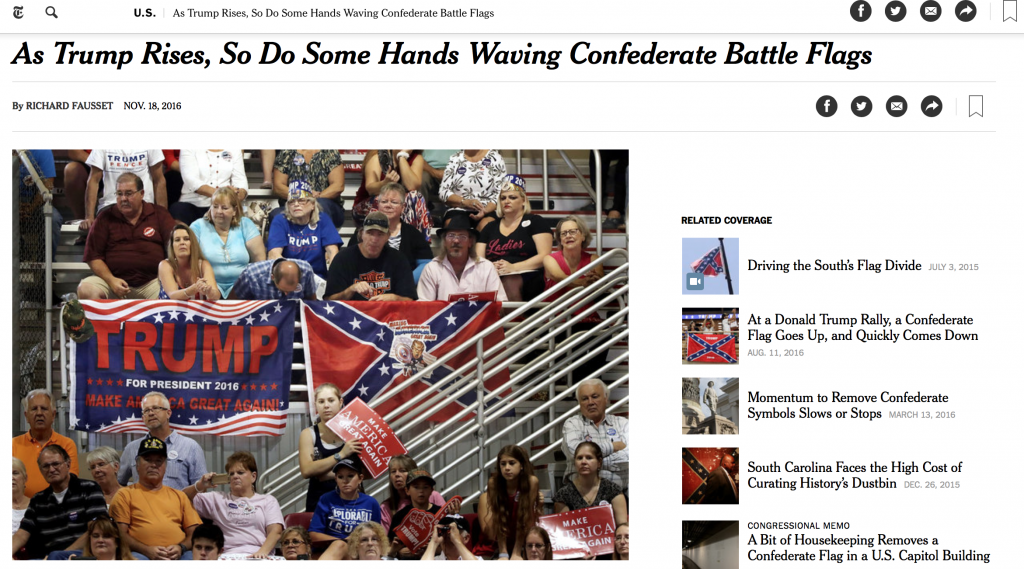
. . .
Other resources (click on the images below to be taken to the full content):

. . .
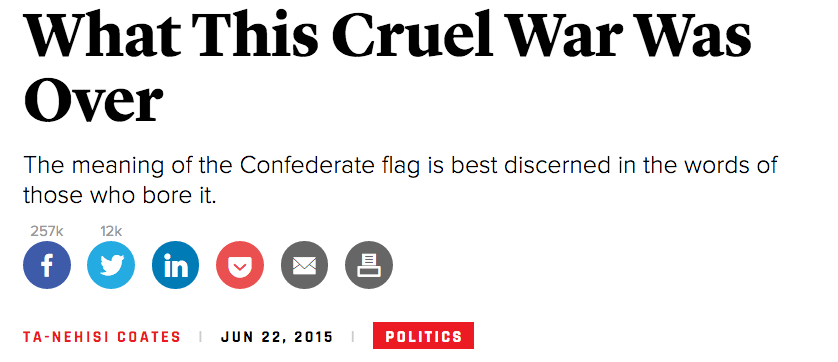
. . .

. . .
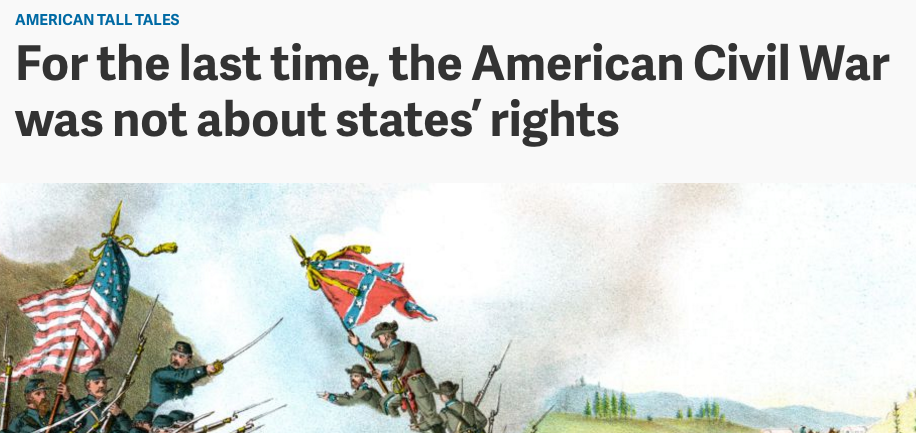
. . .

Read more on the above story here: http://www.indystar.com/story/news/education/2016/10/27/indiana-students-wore-confederate-flag-school-now-flag-banned/92823636/
. . .
